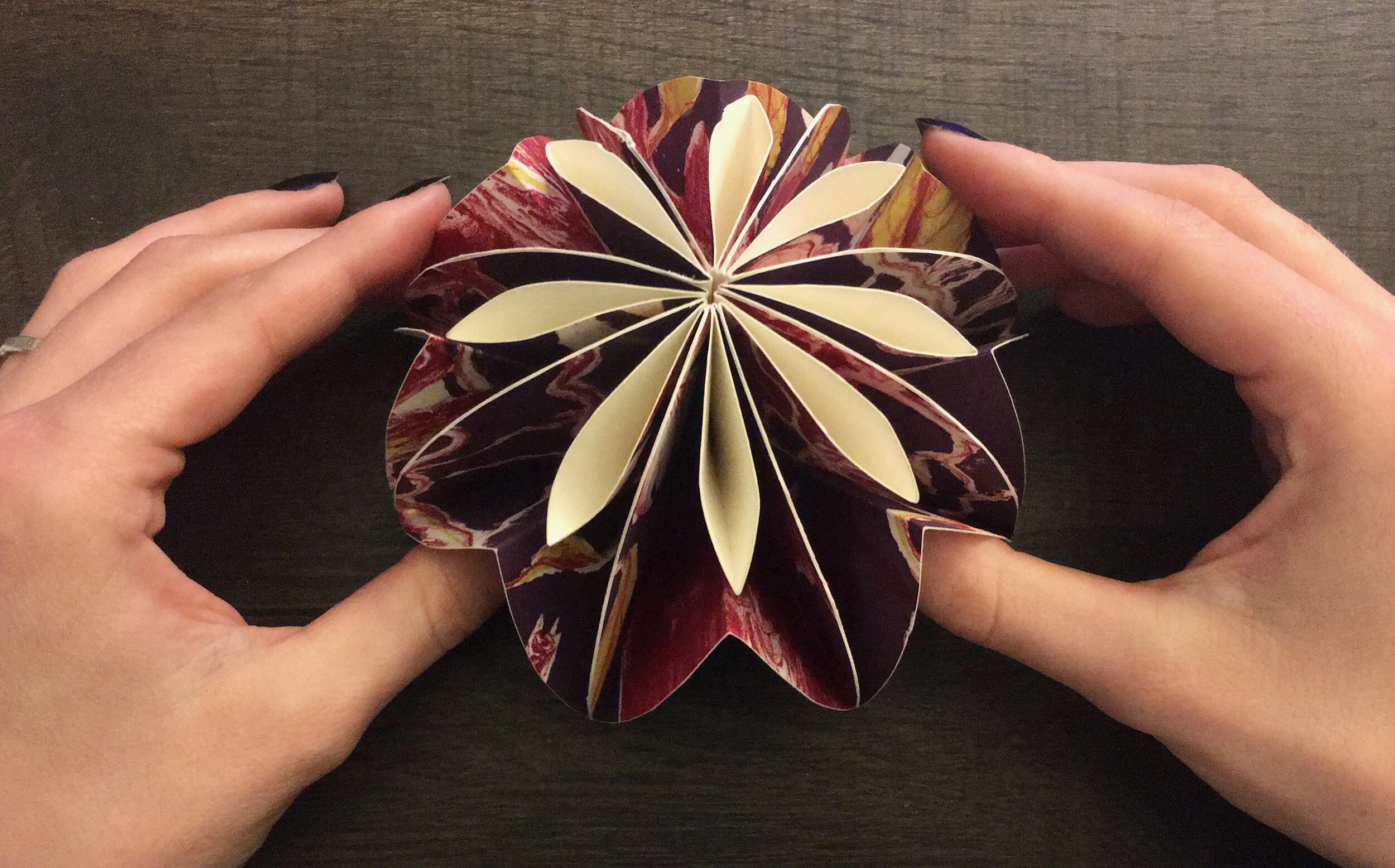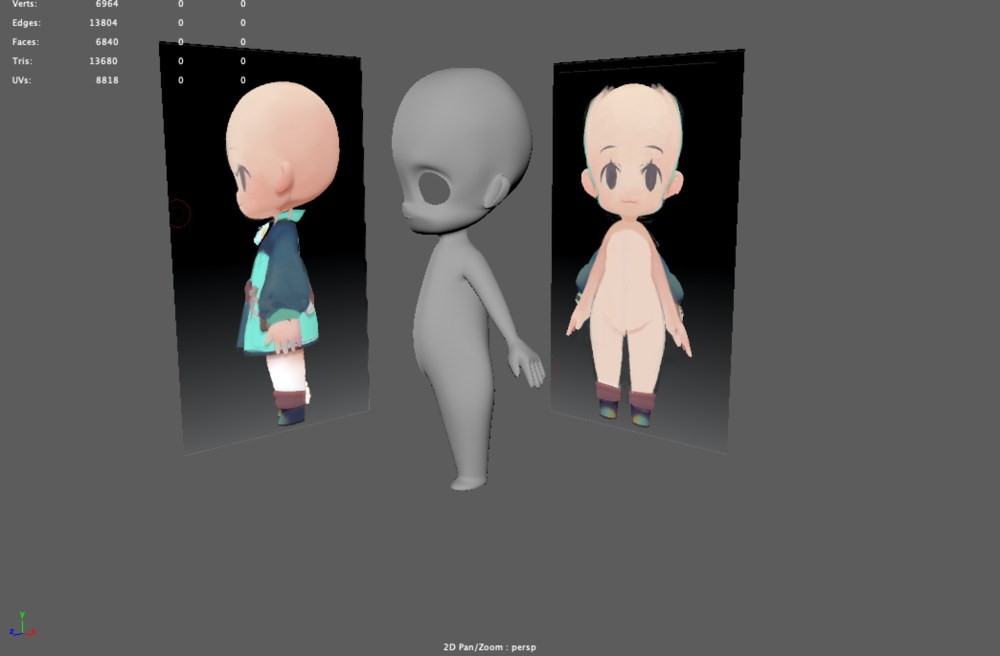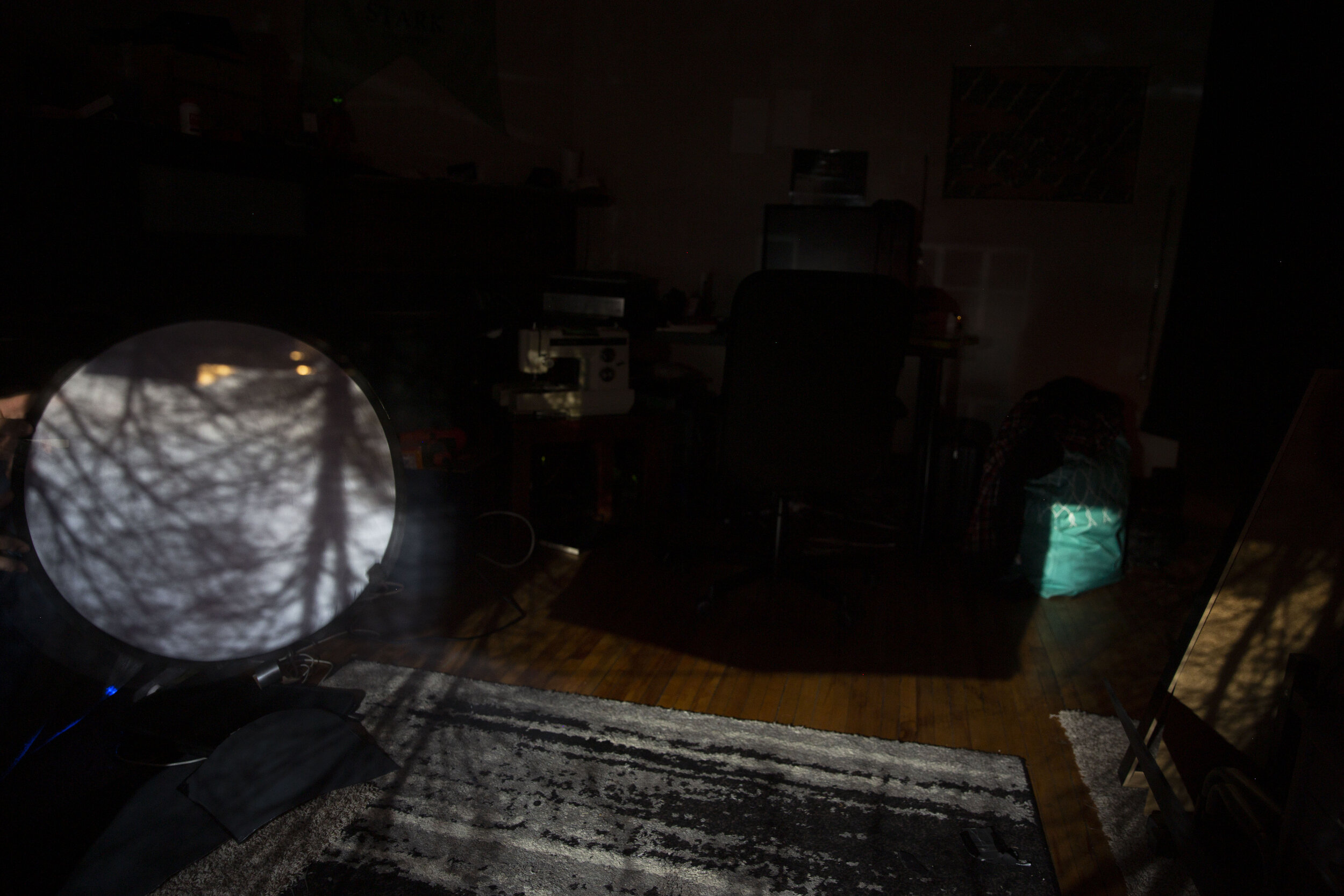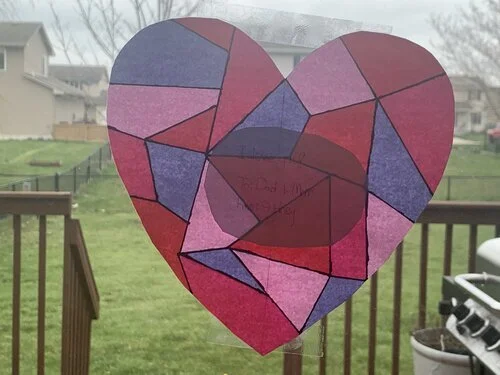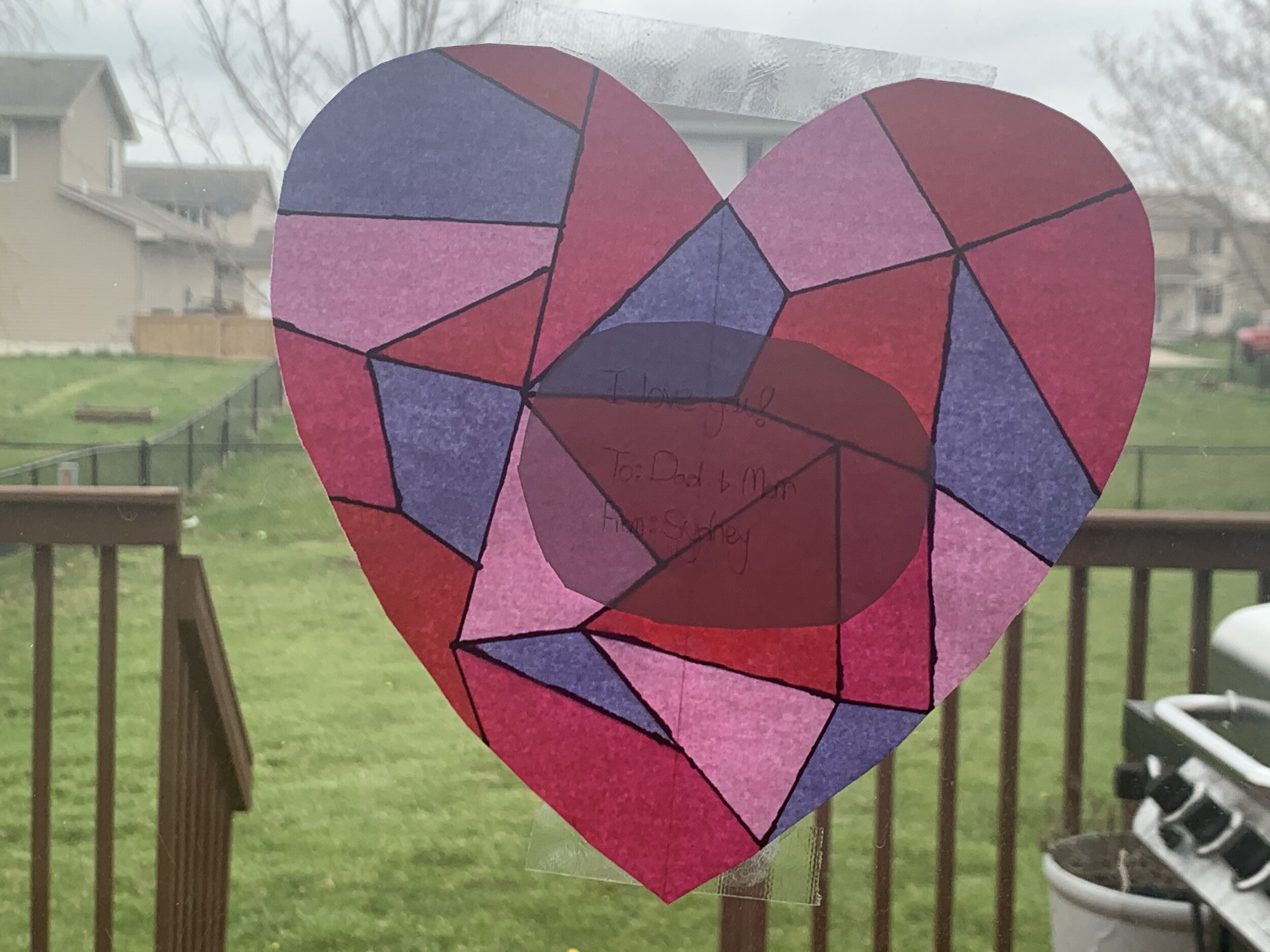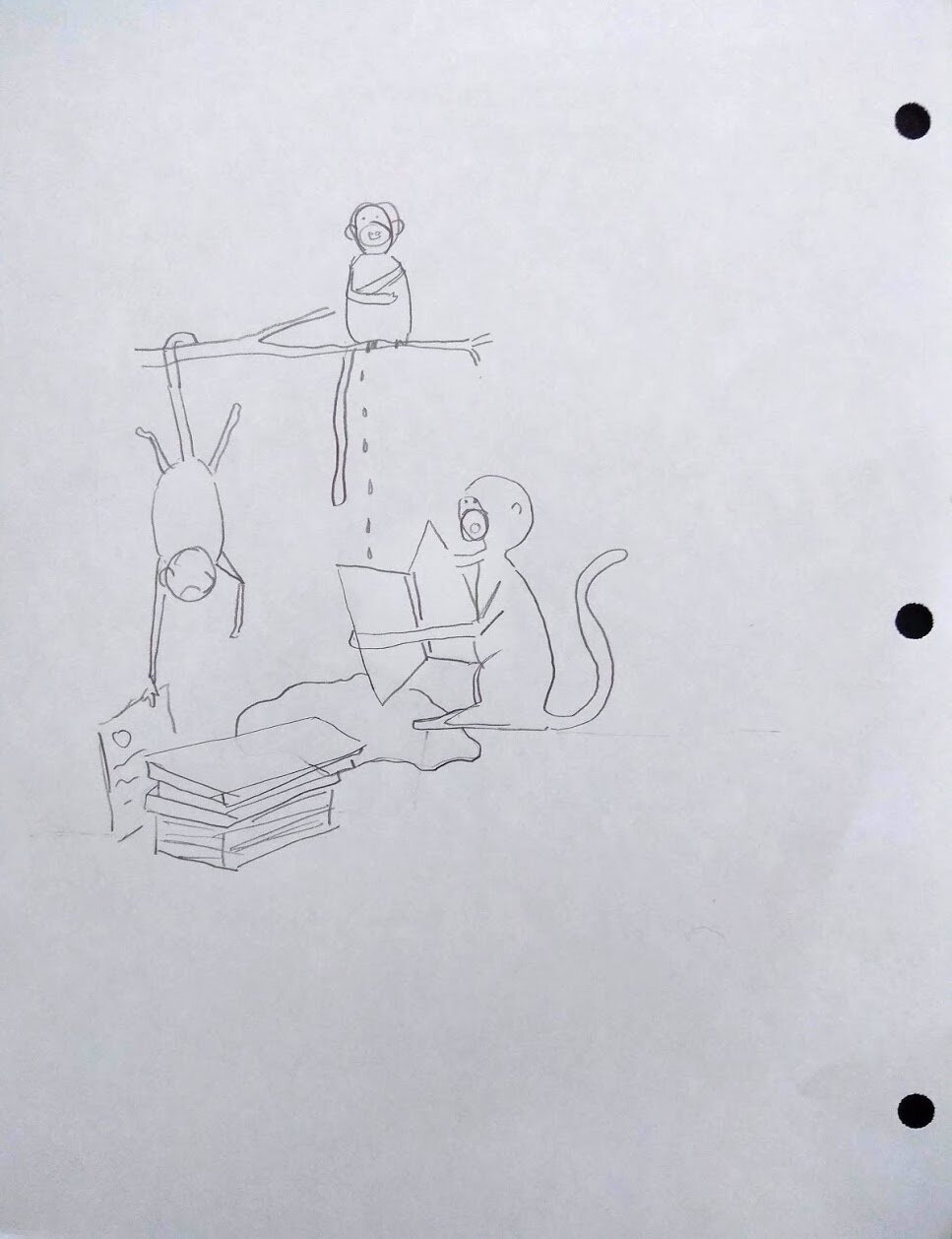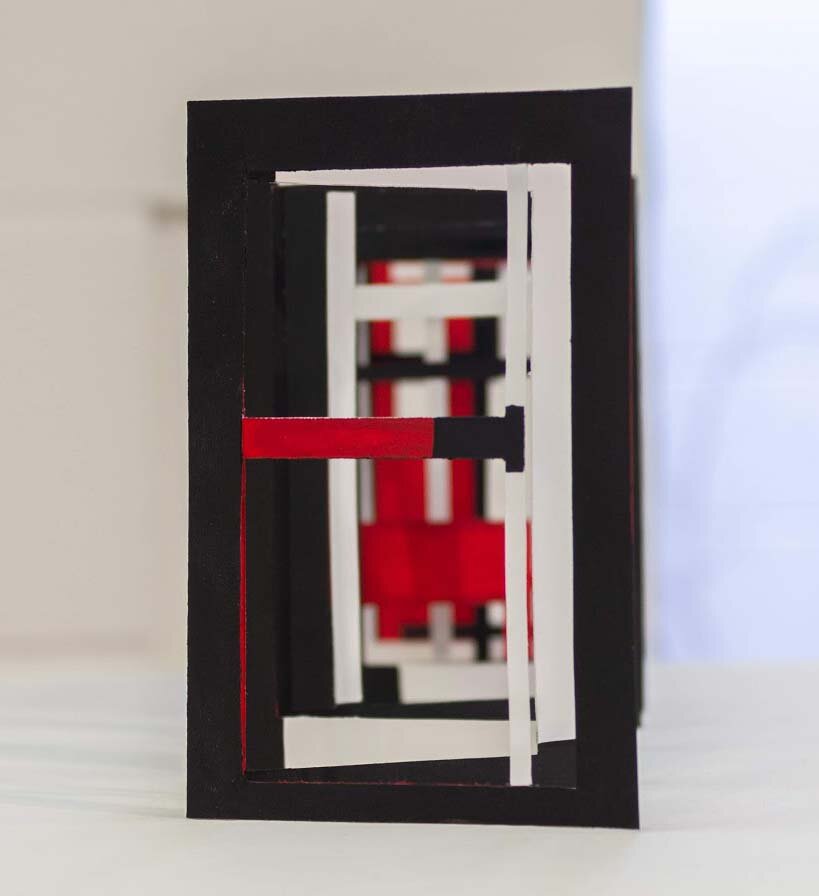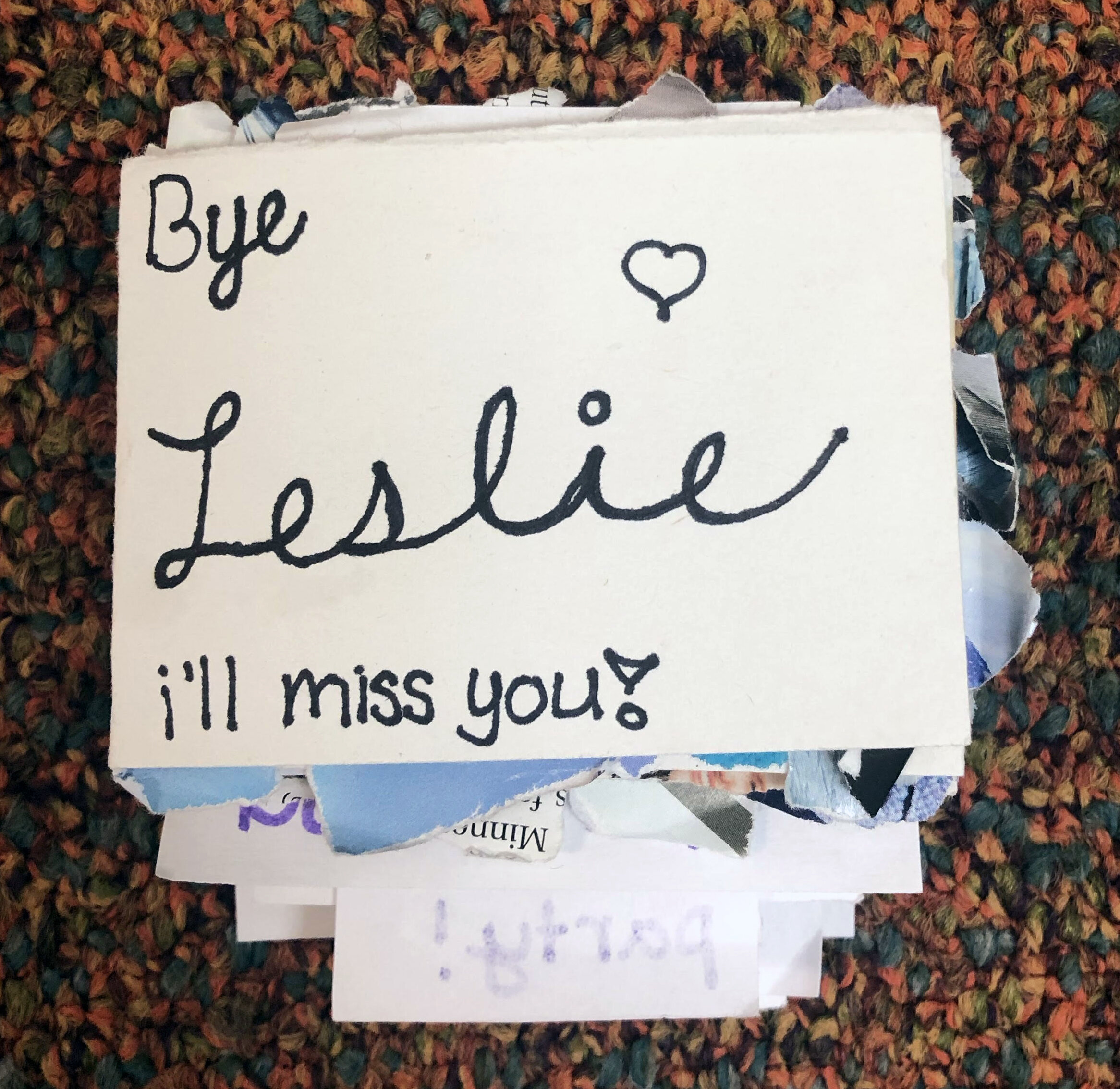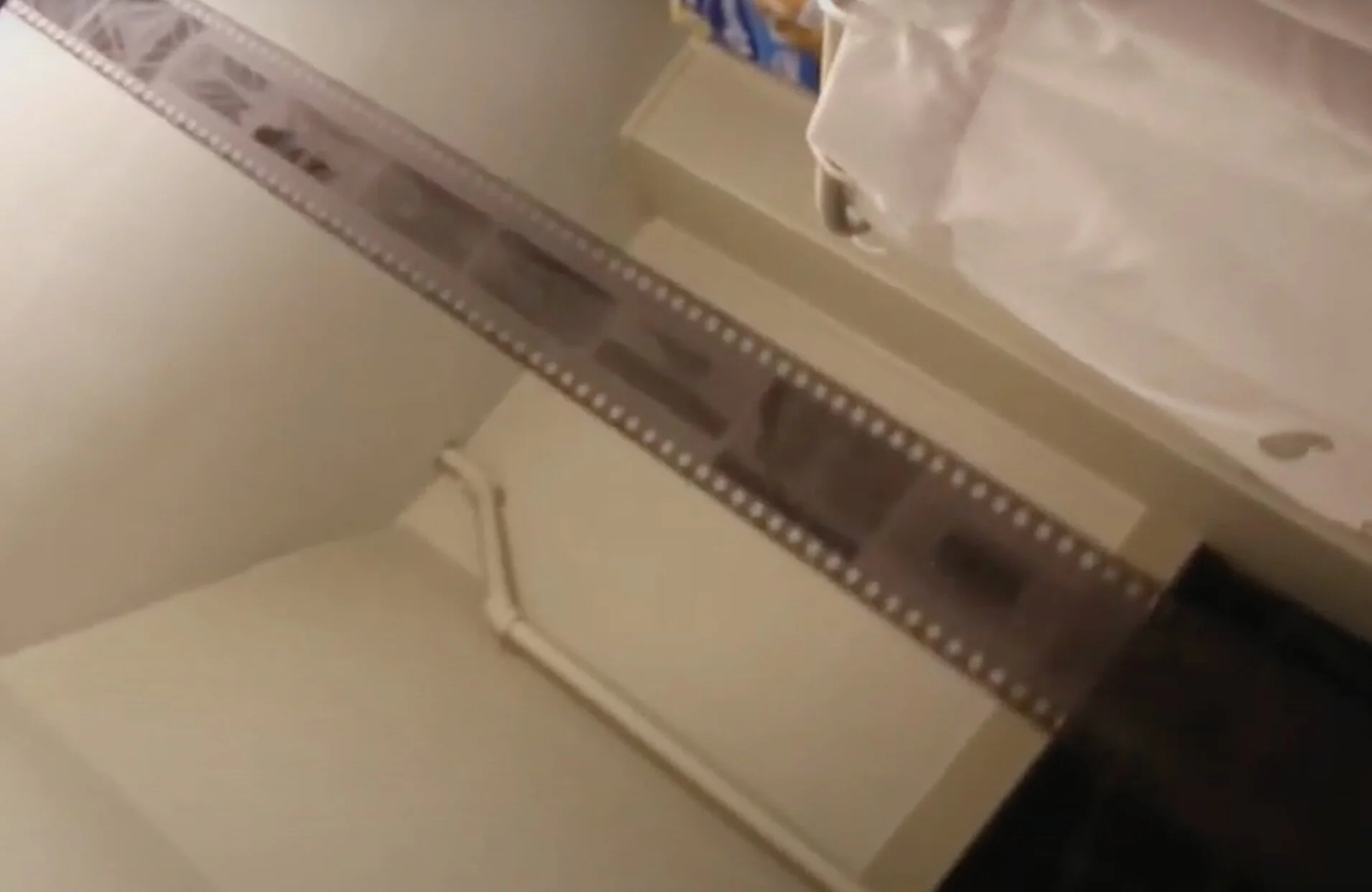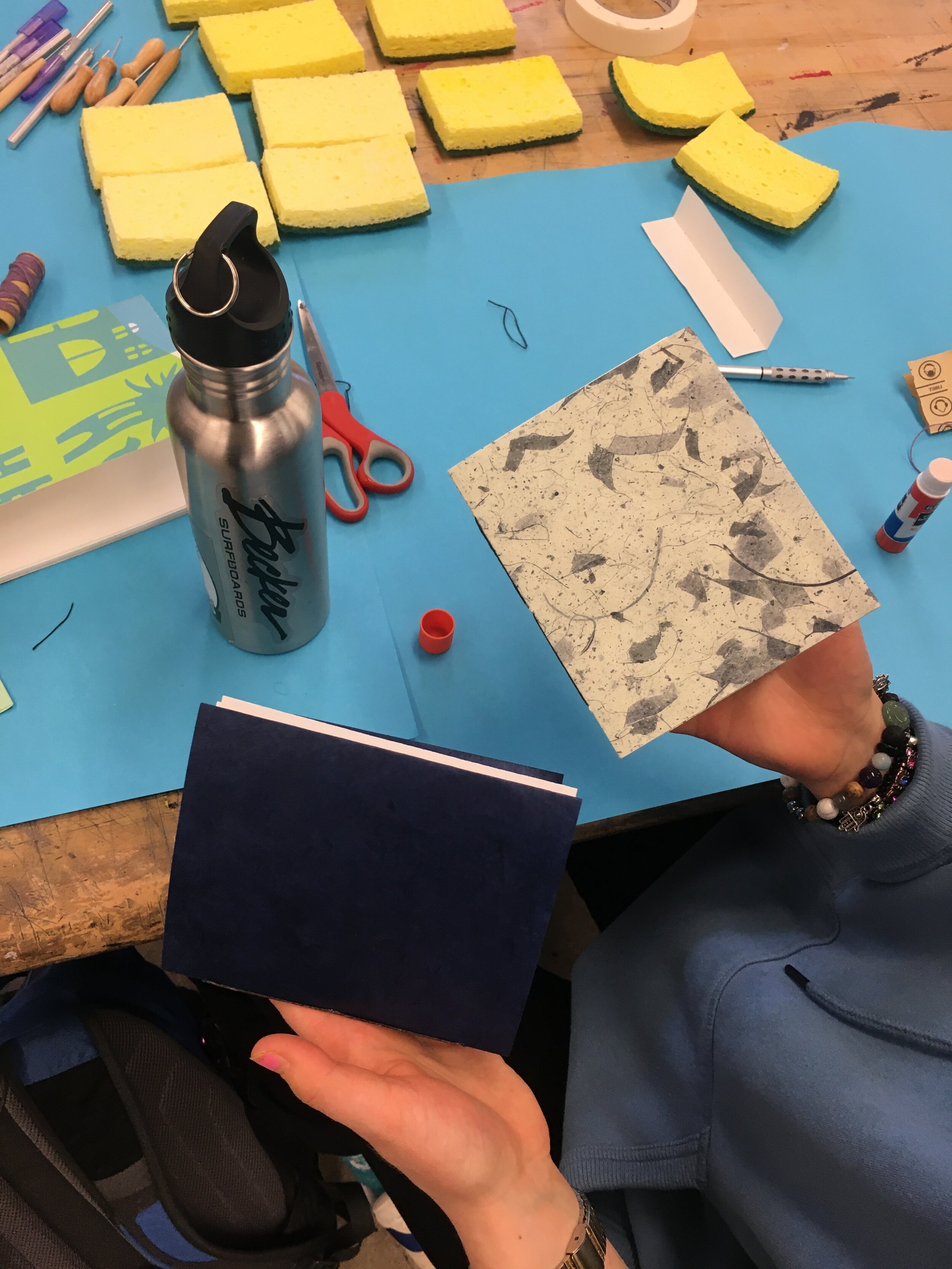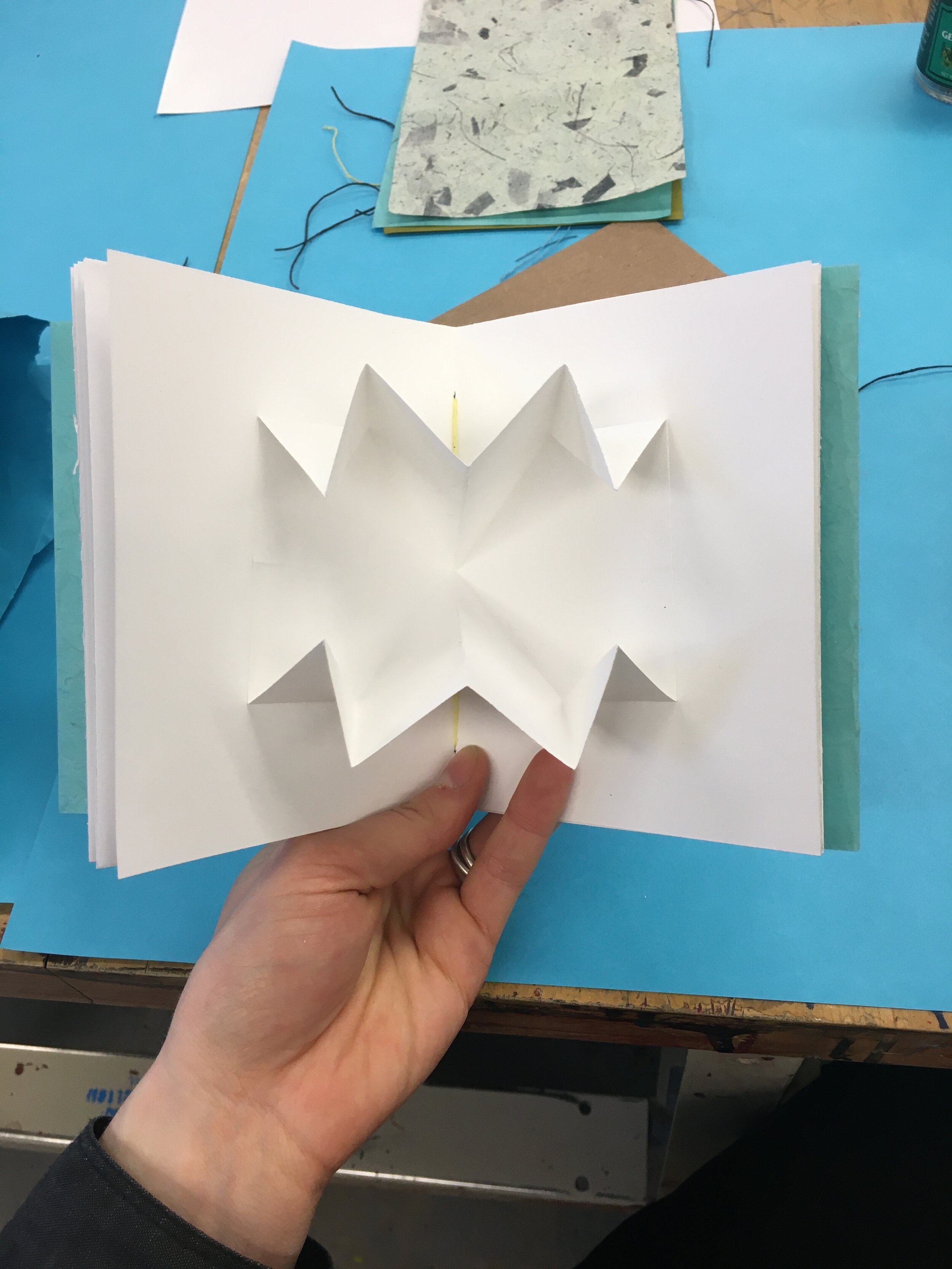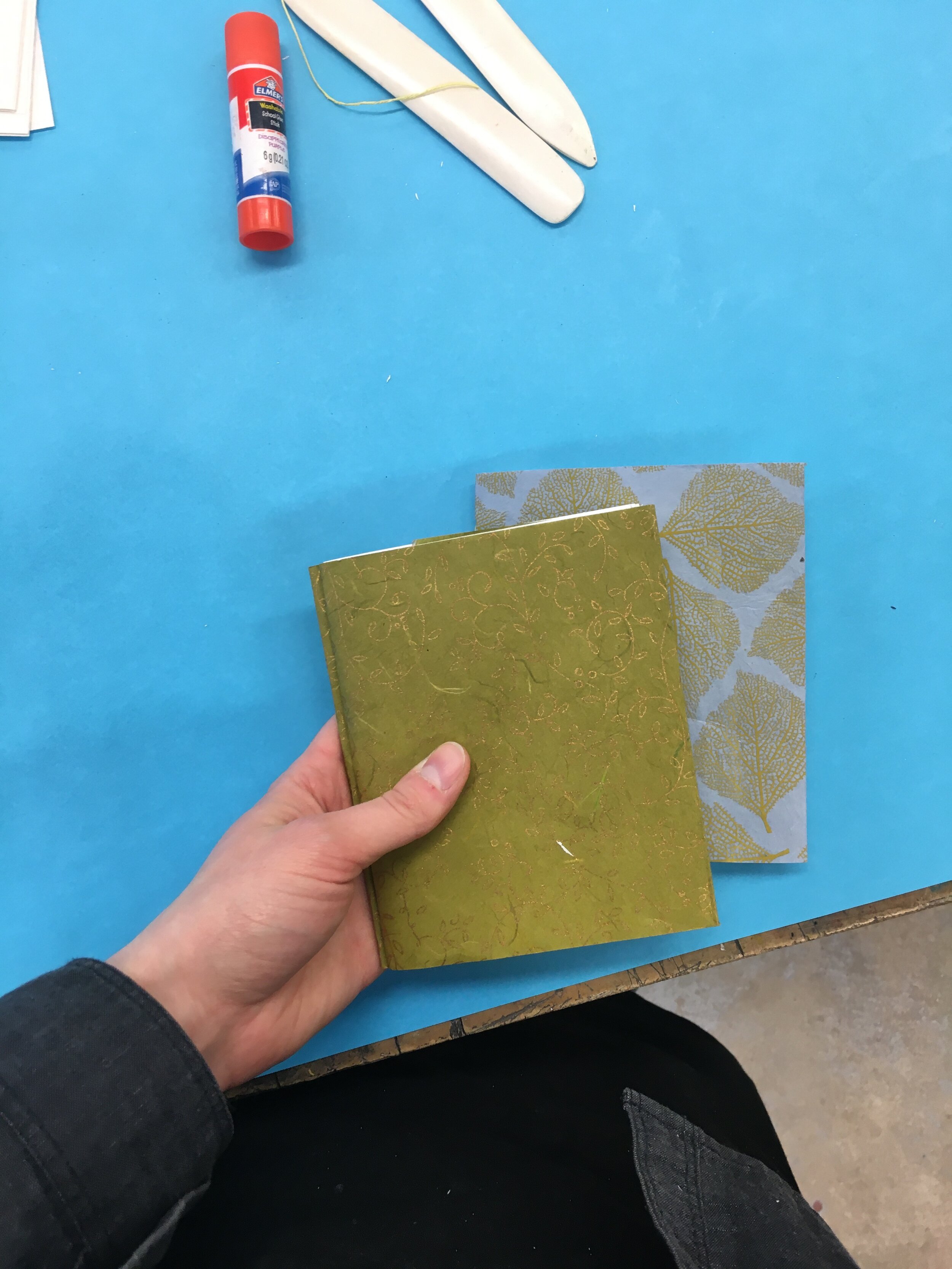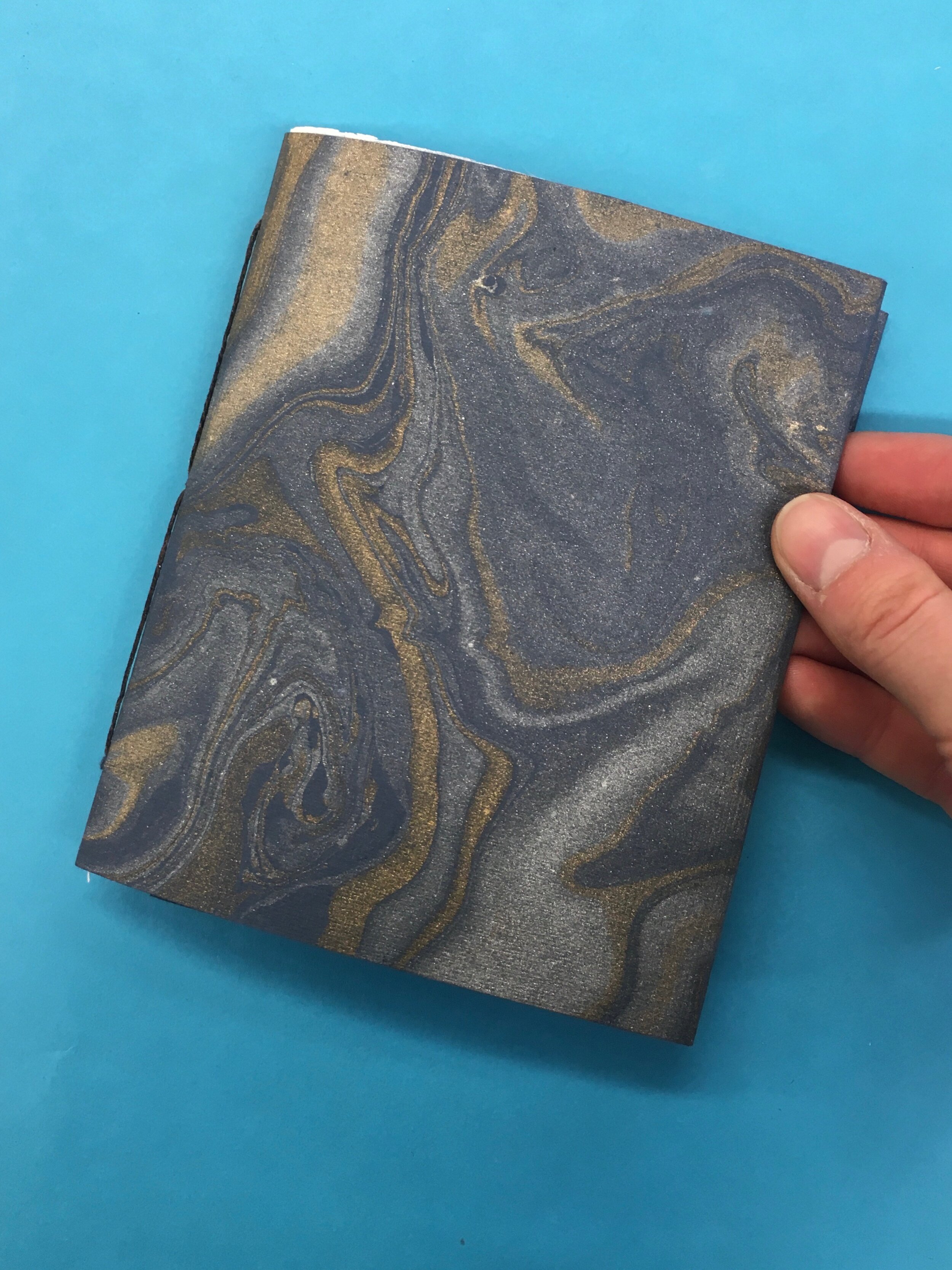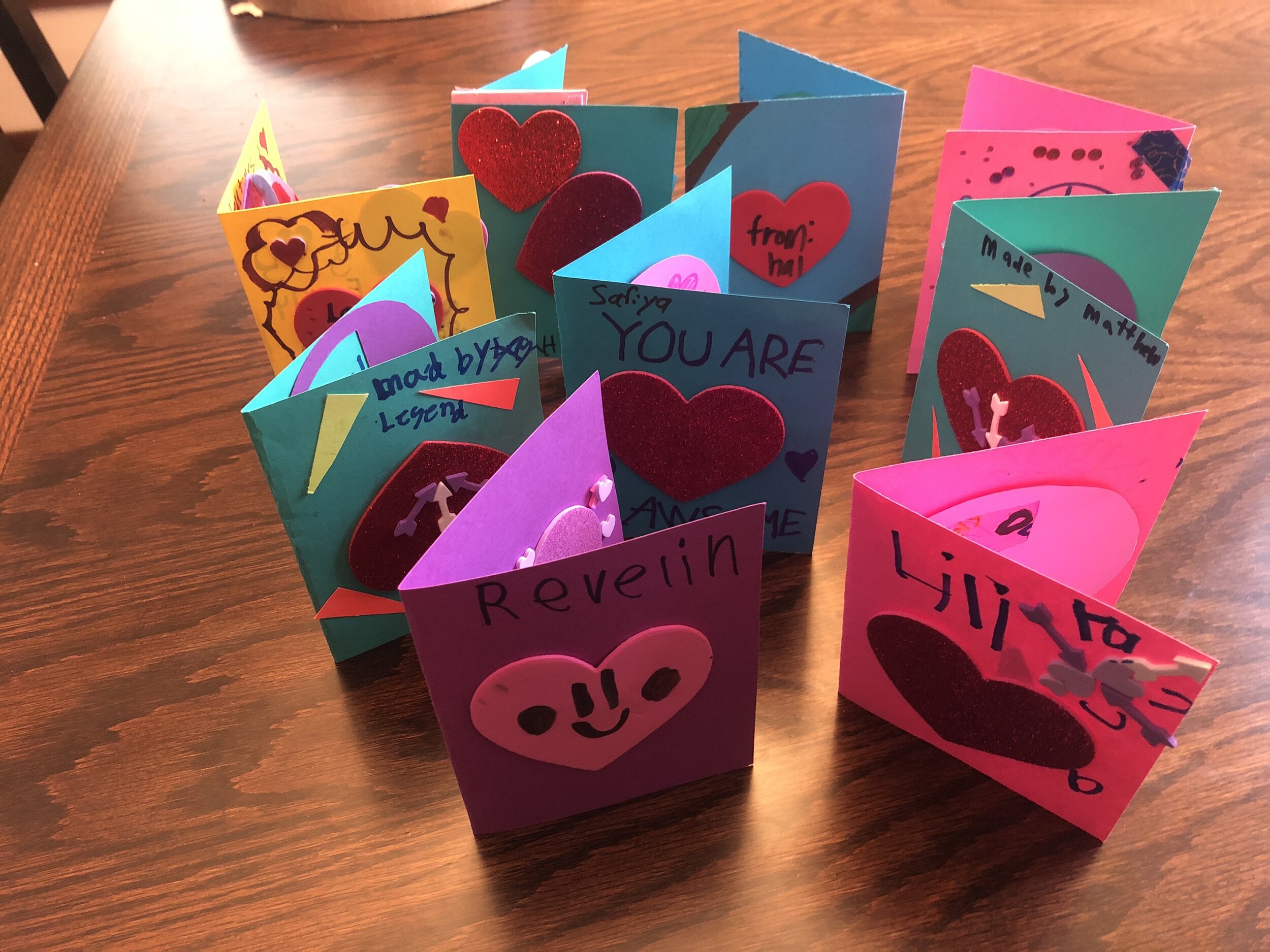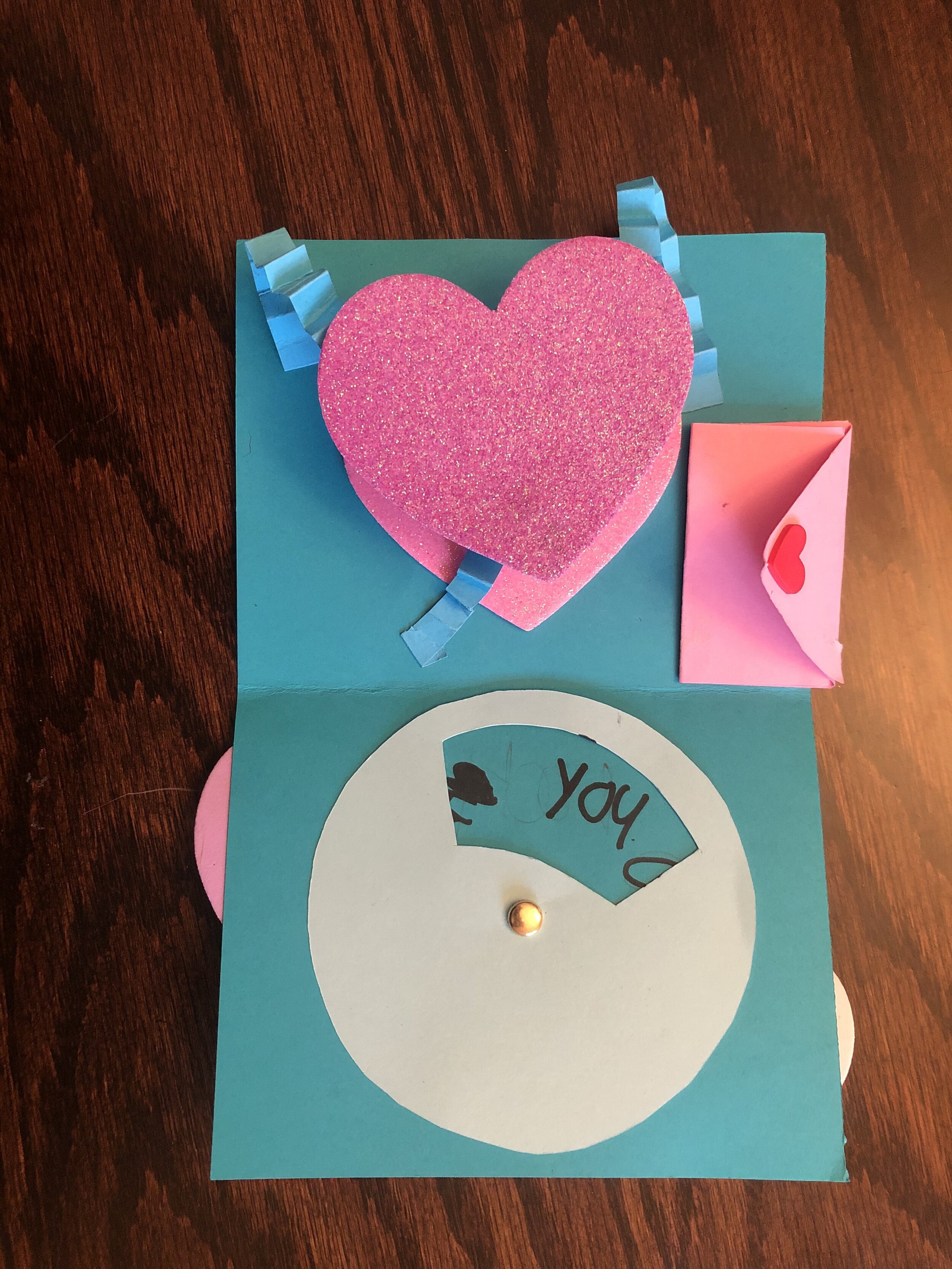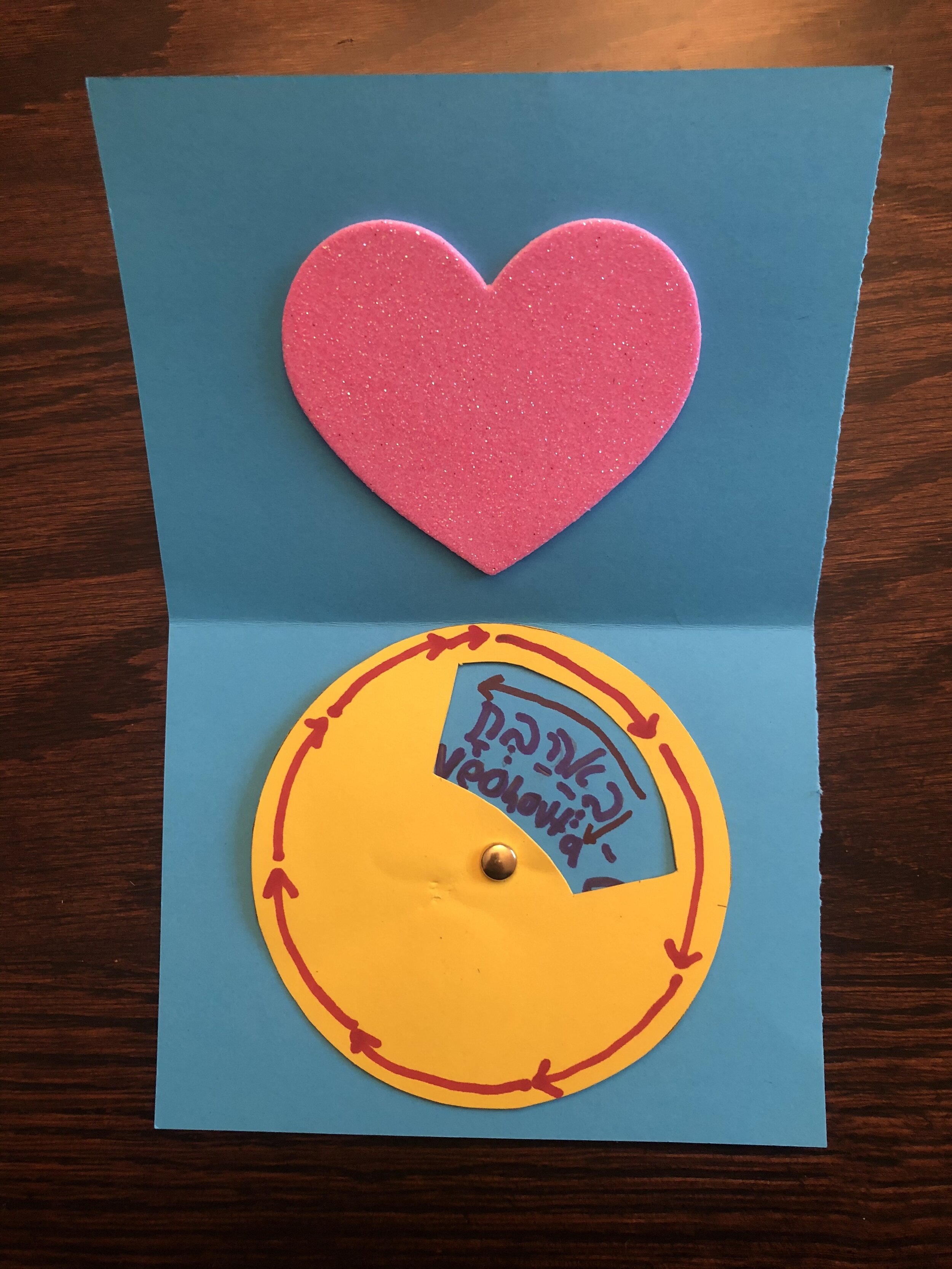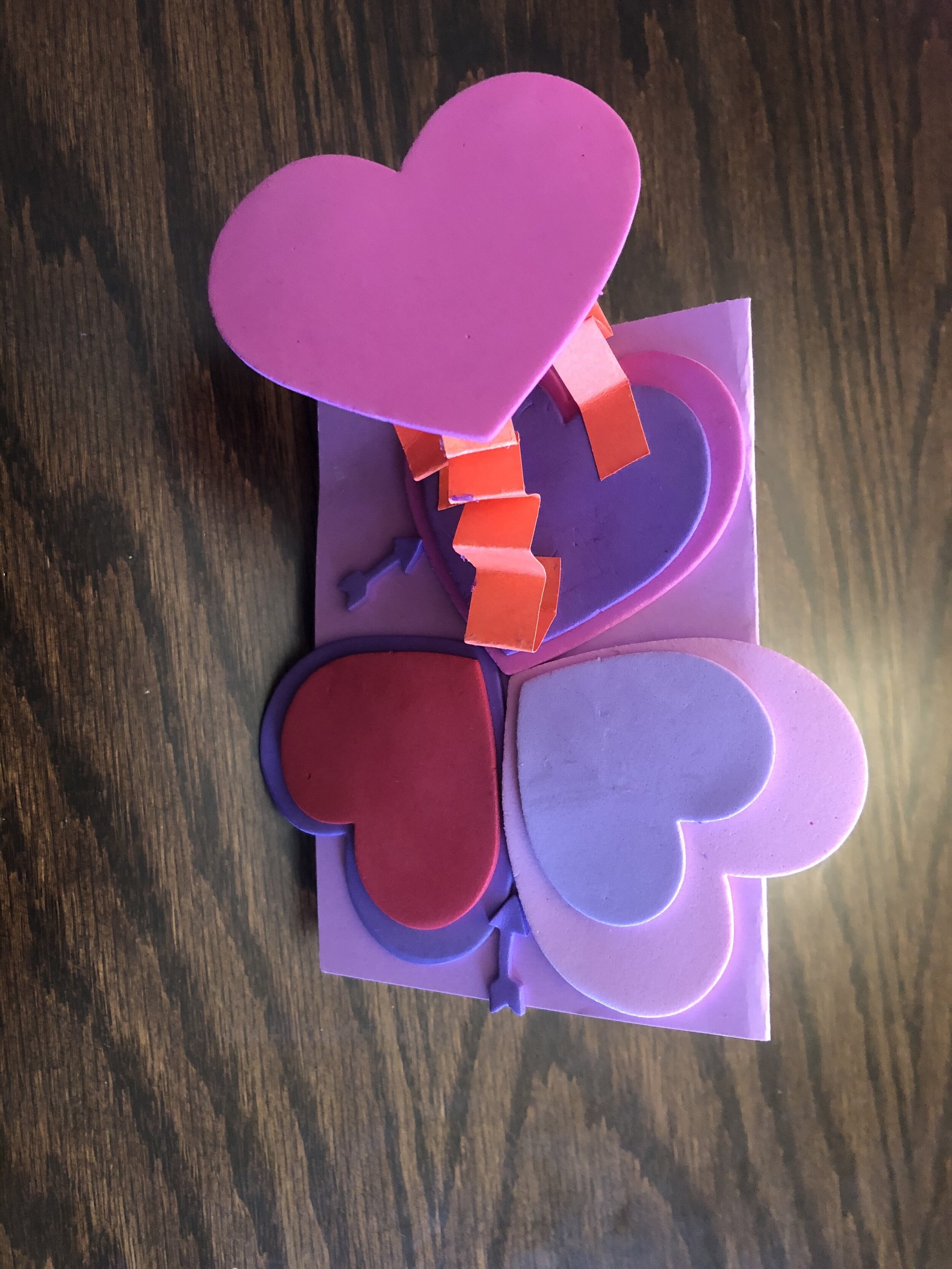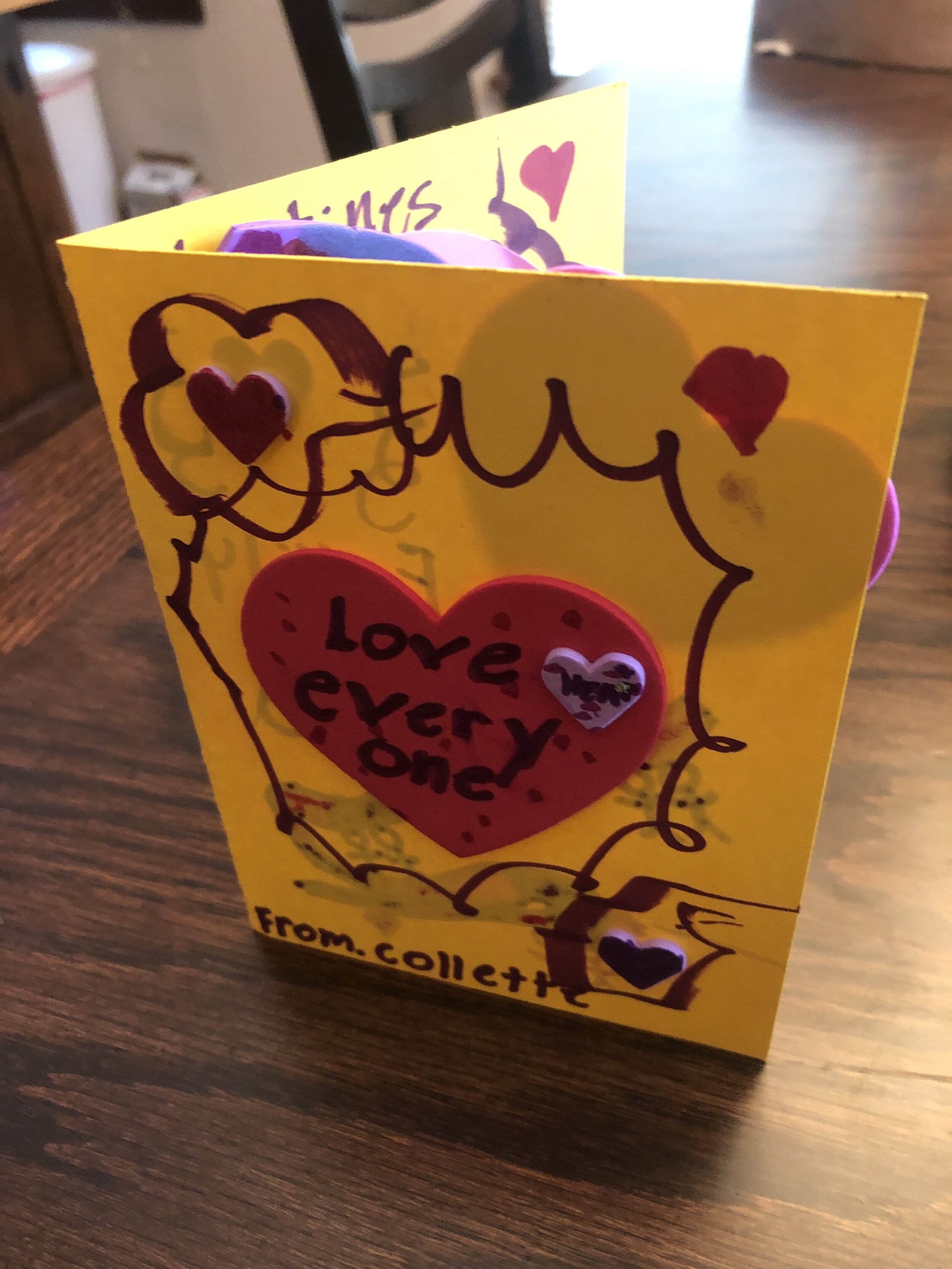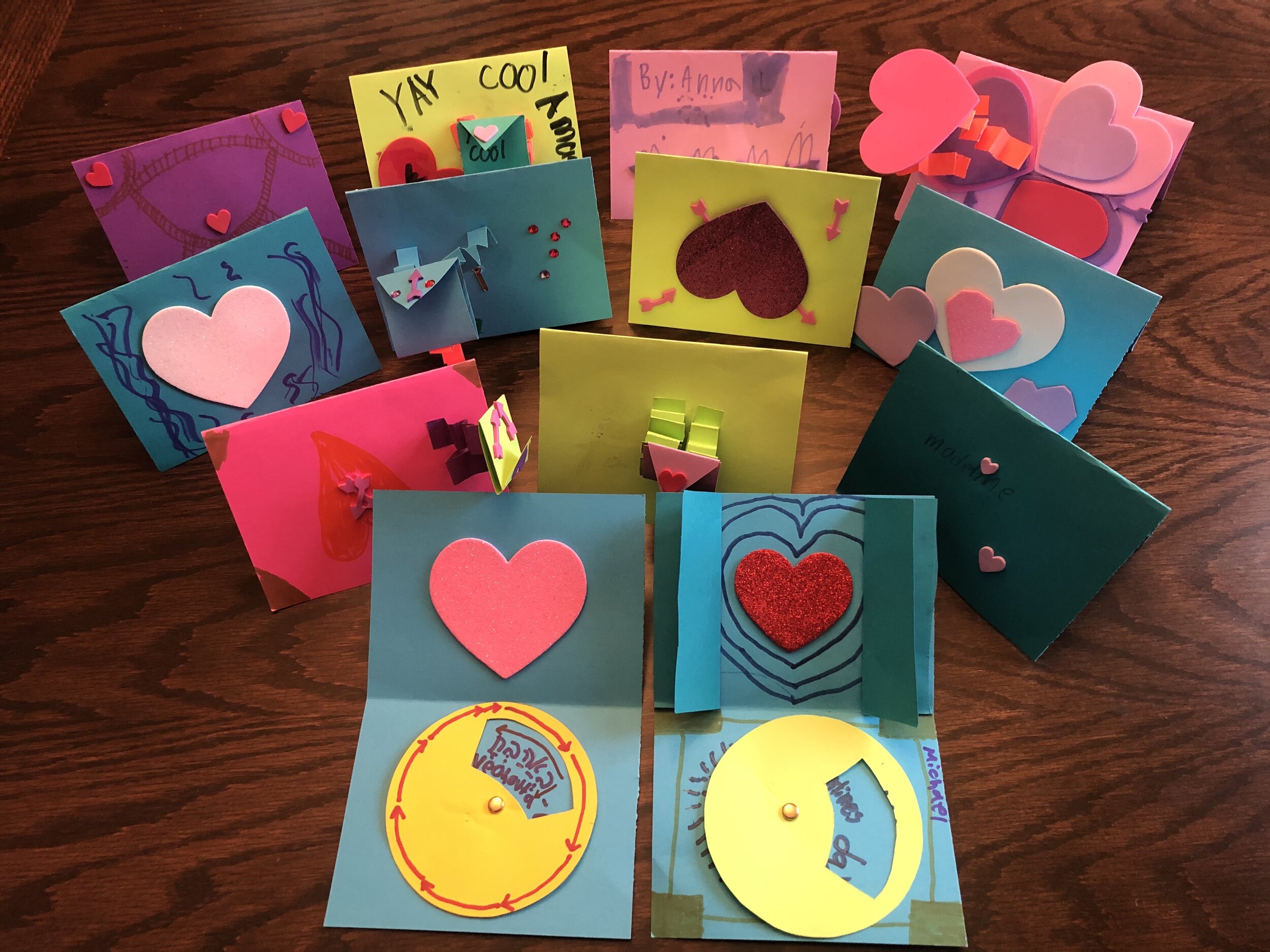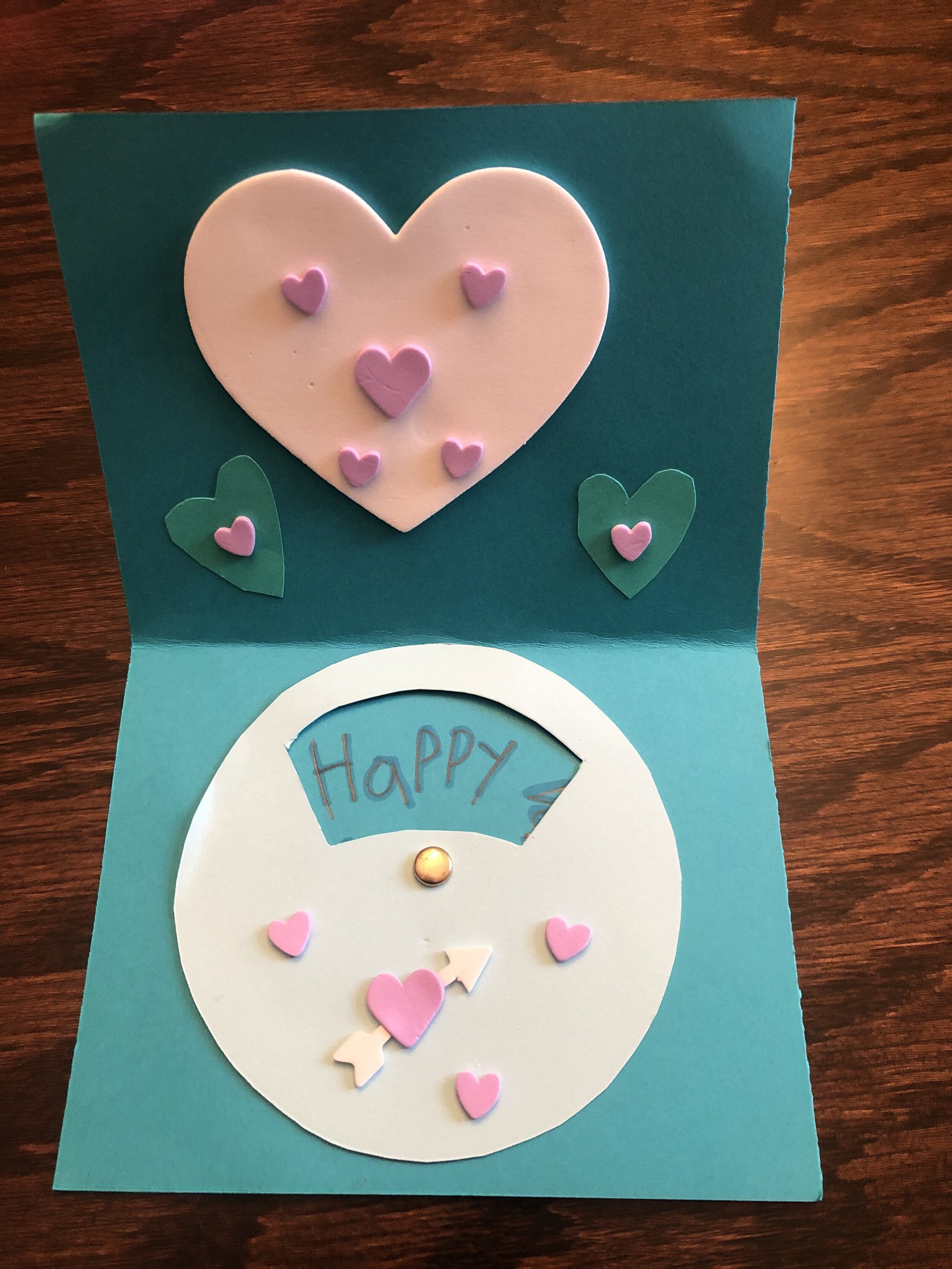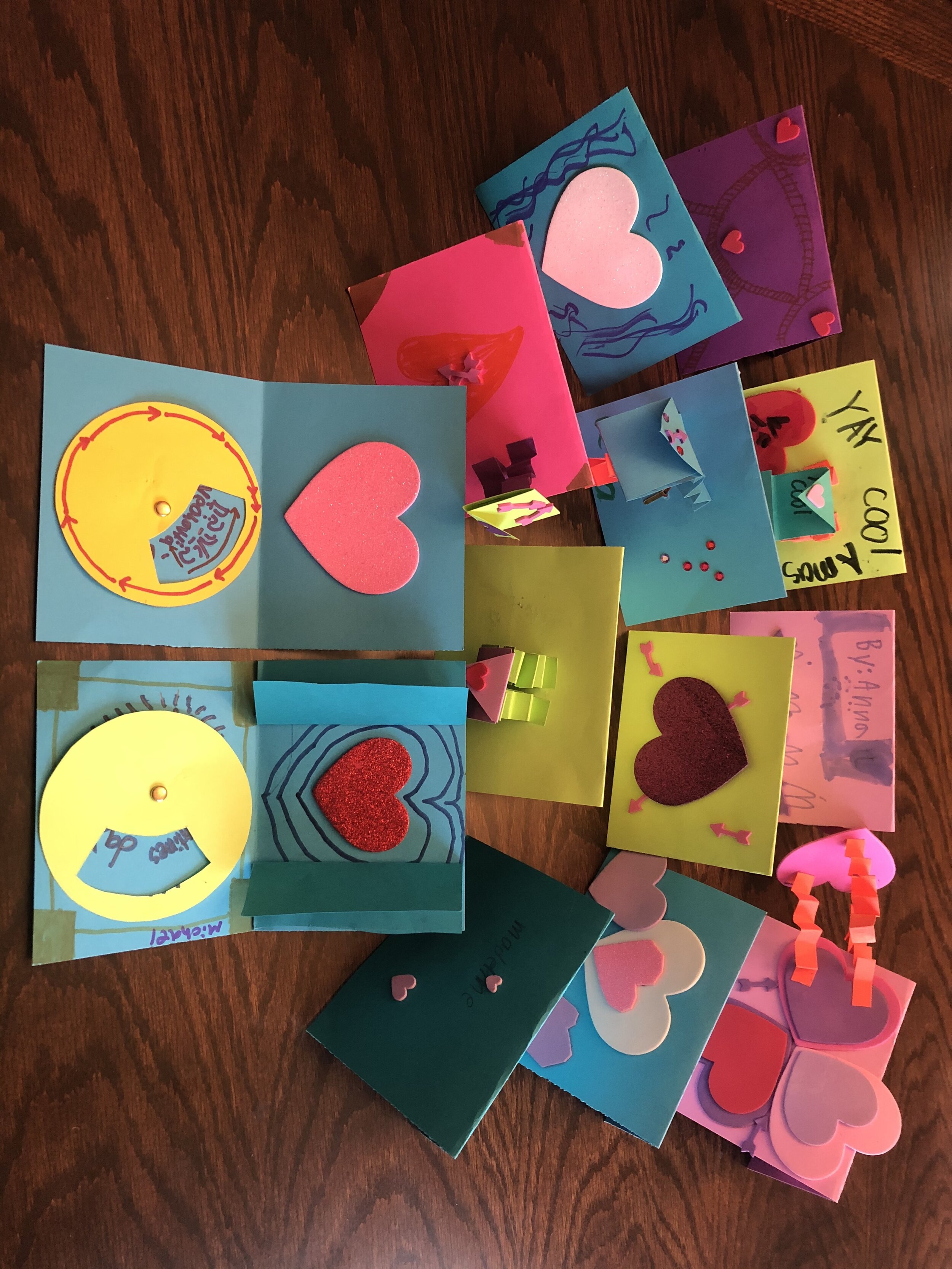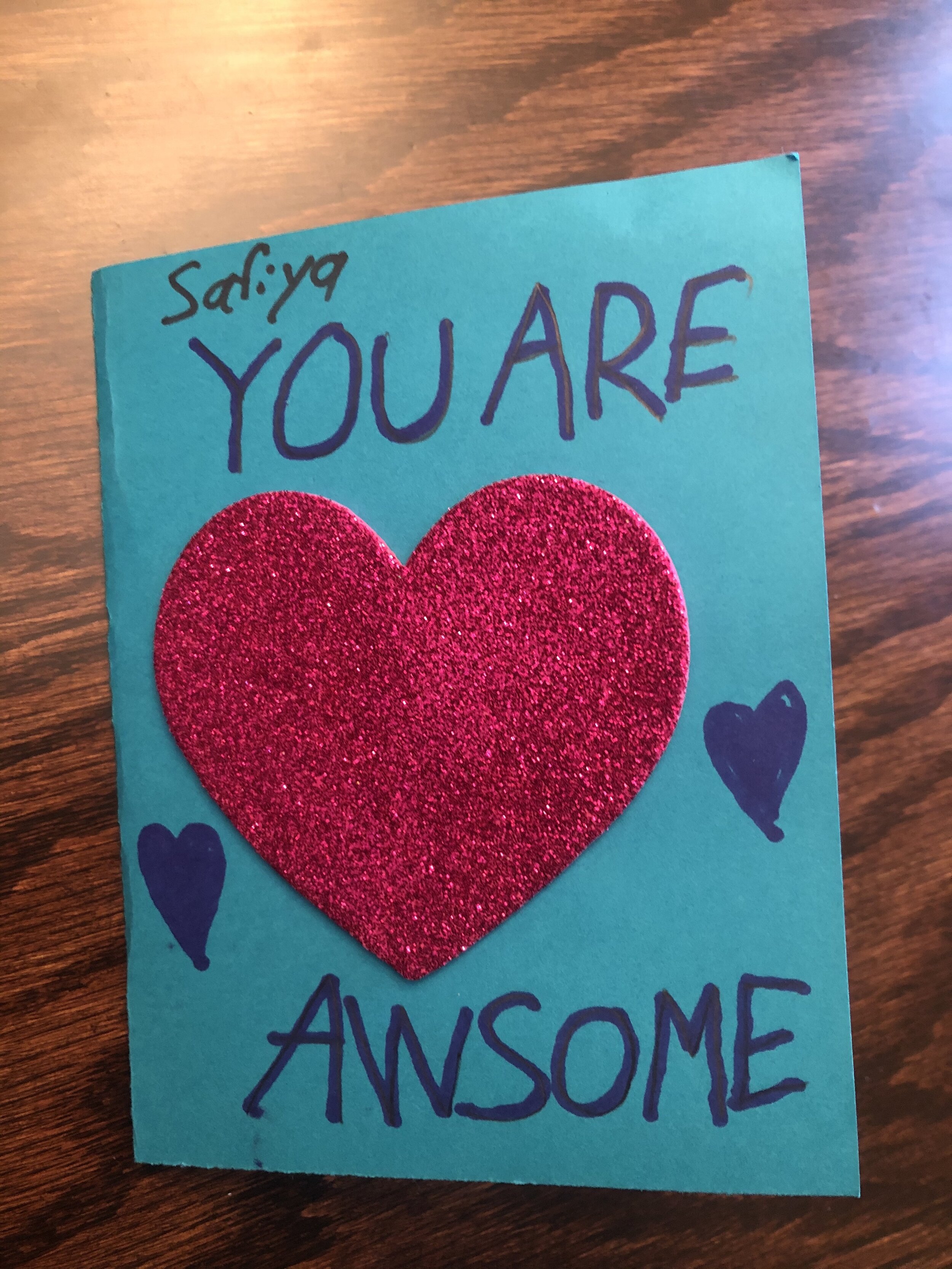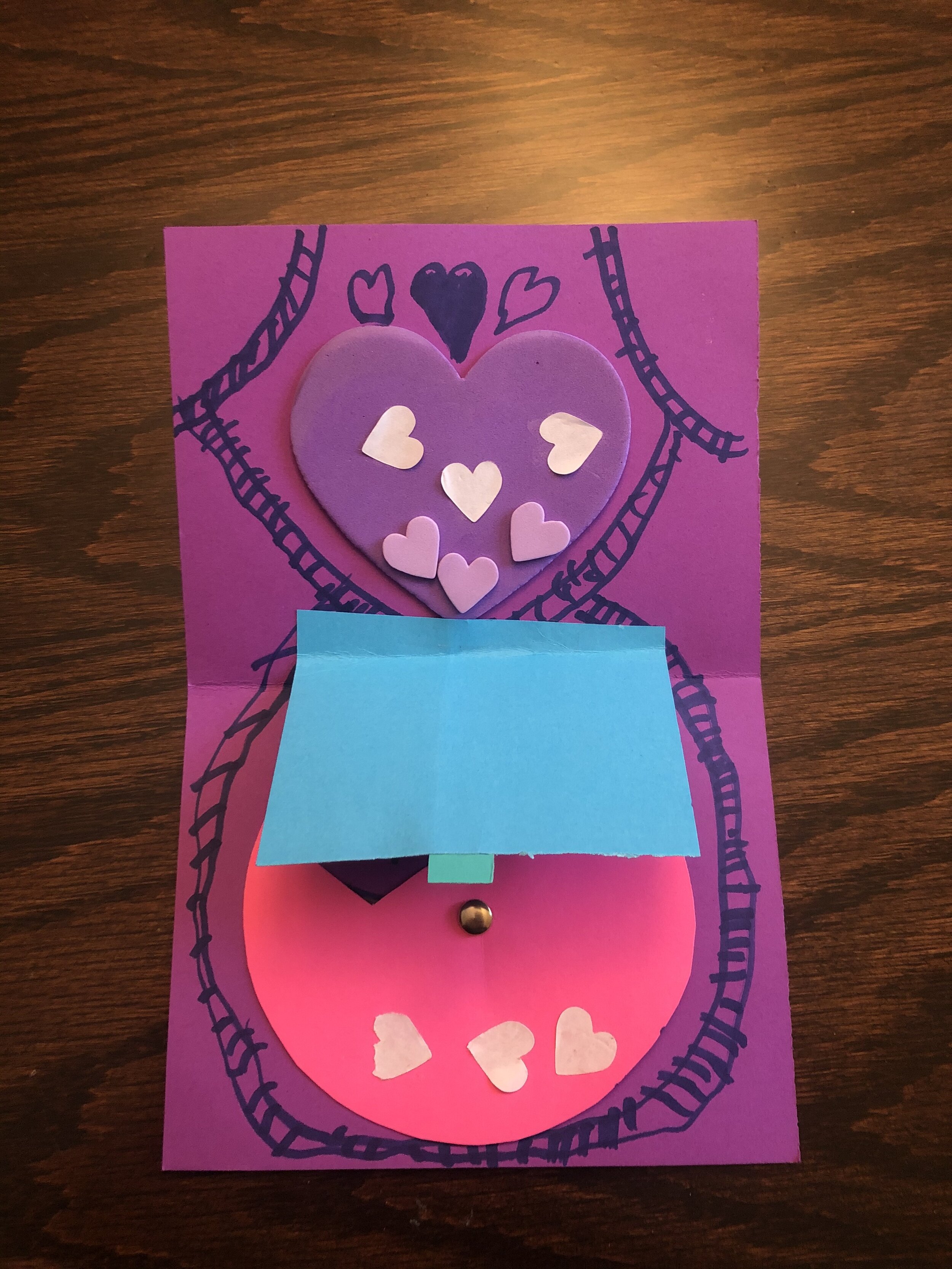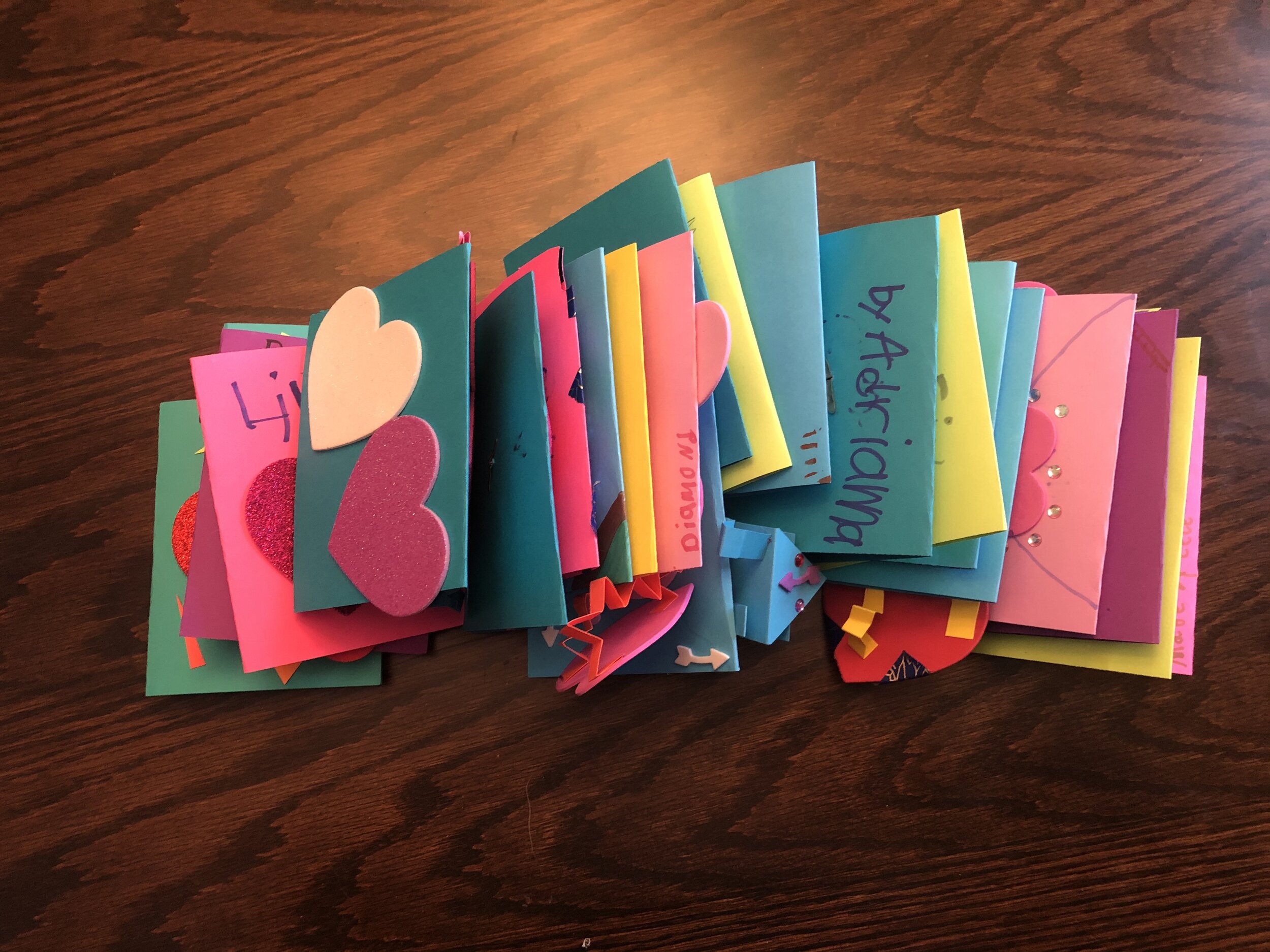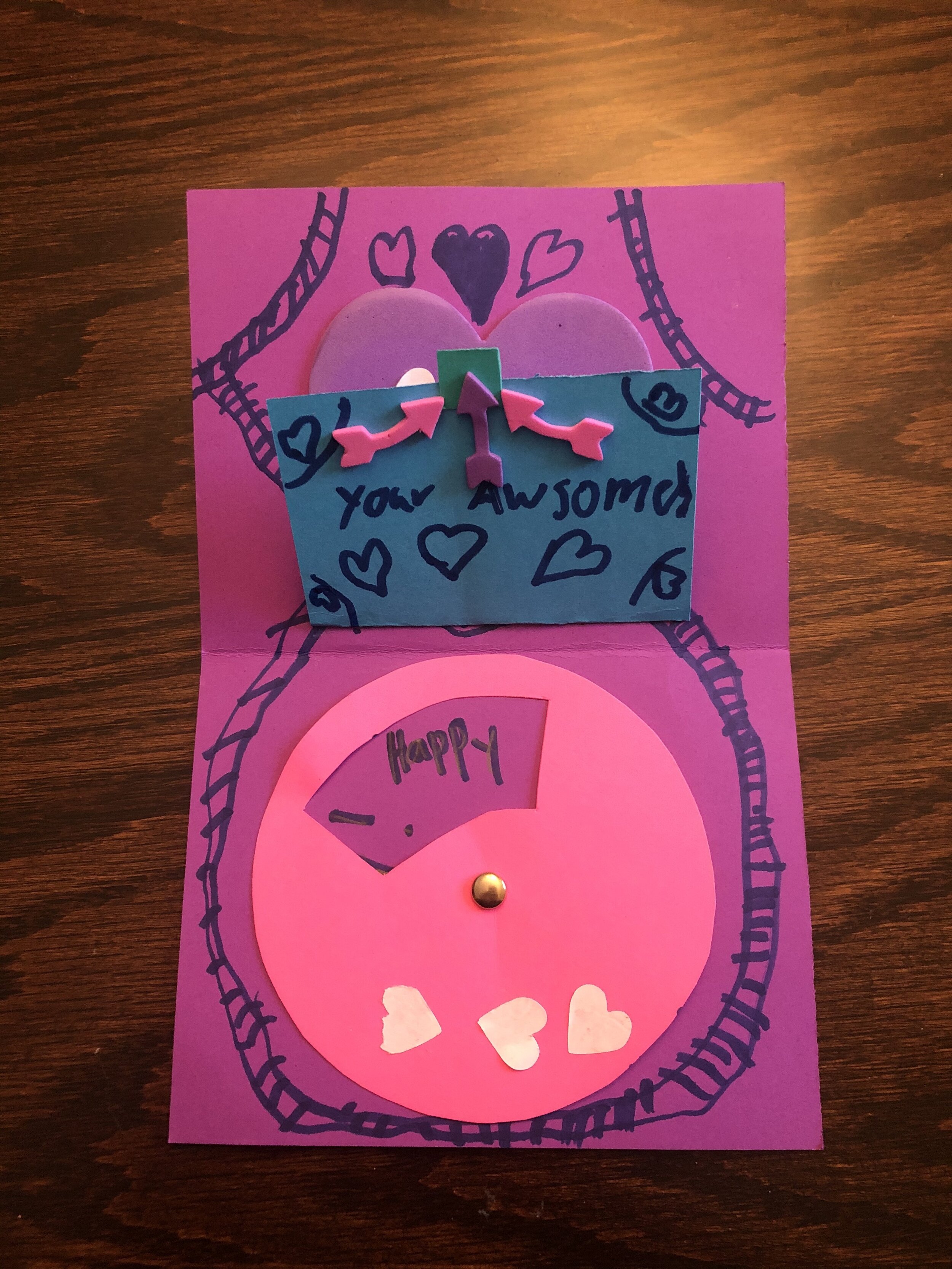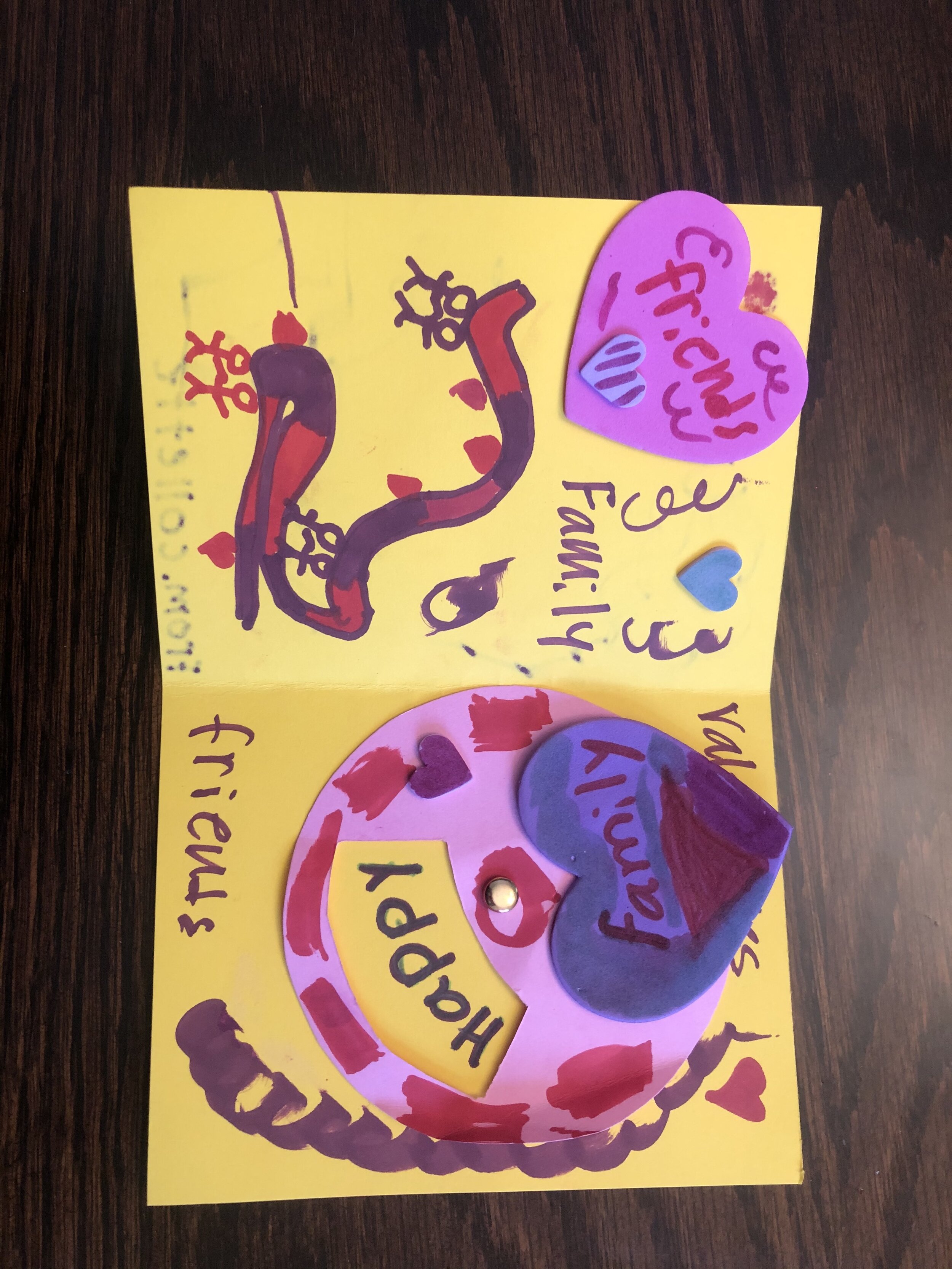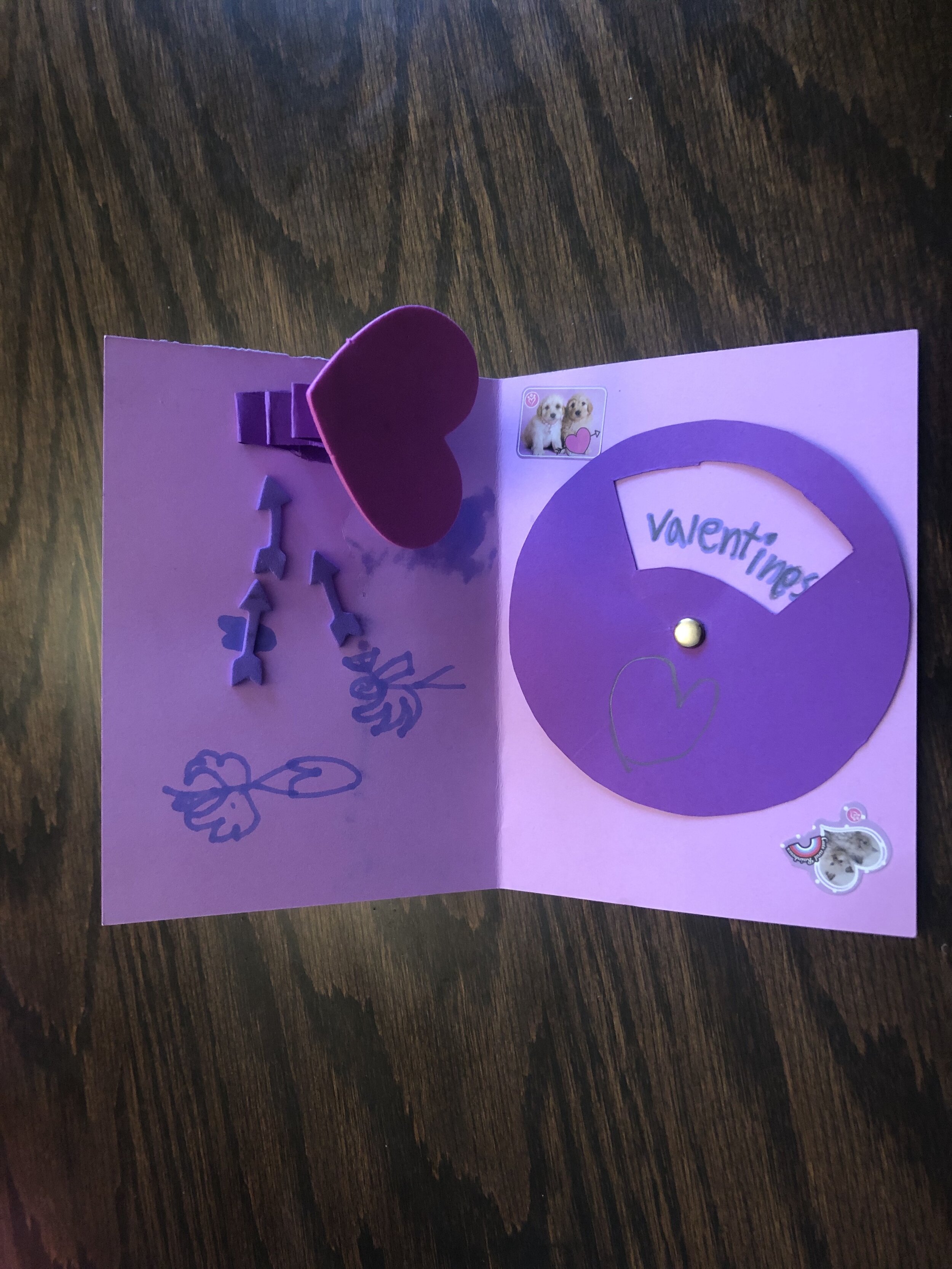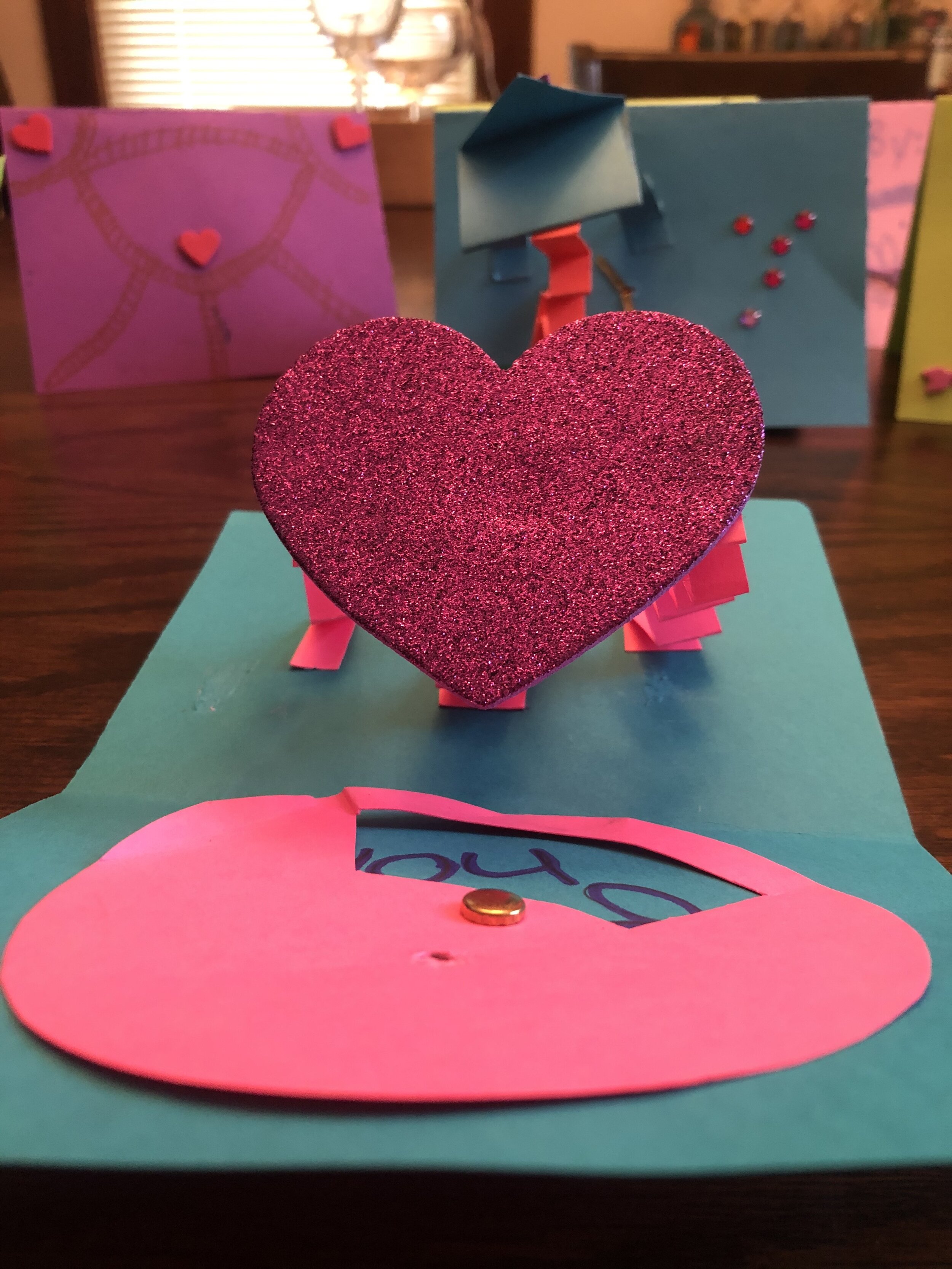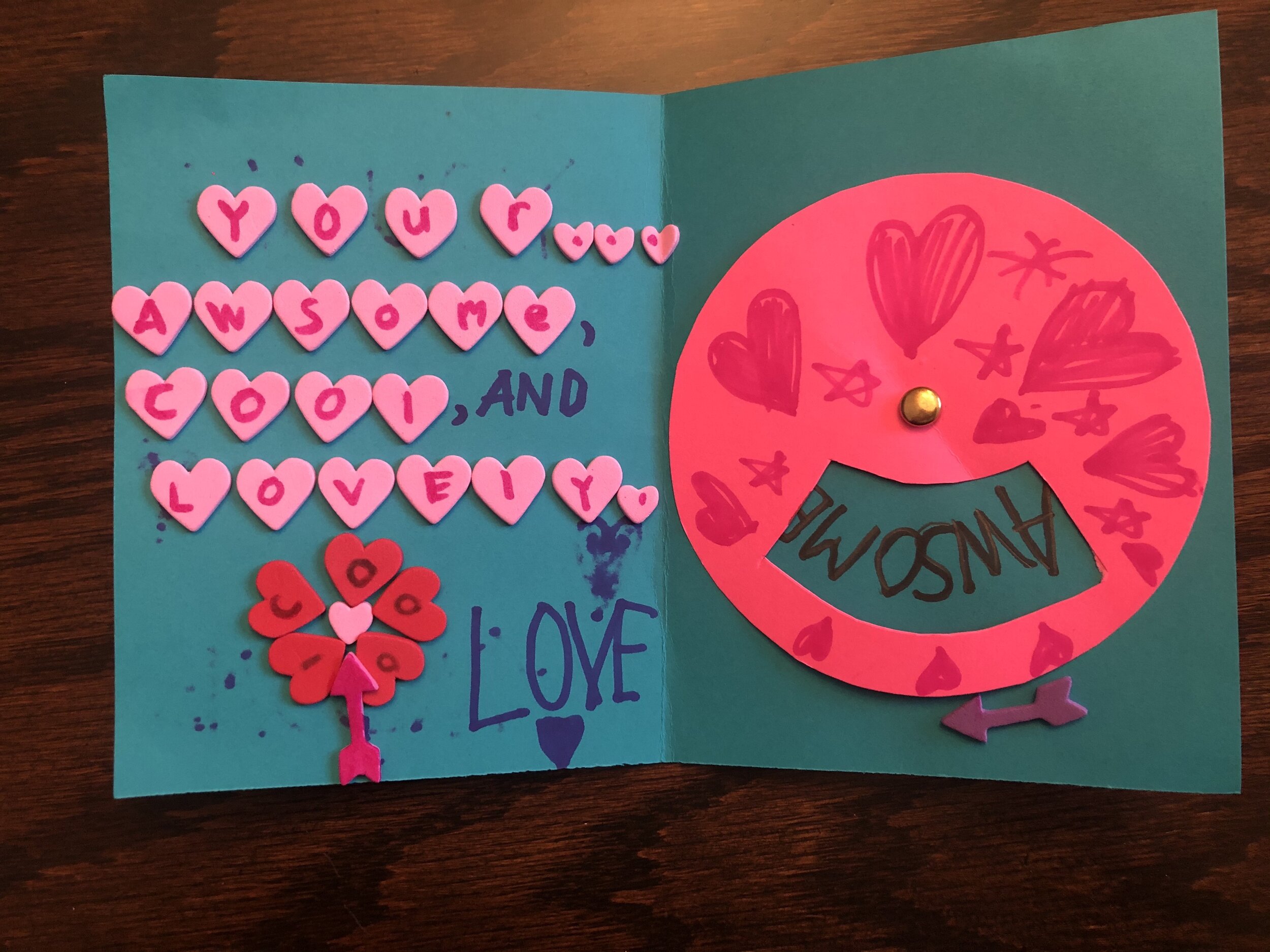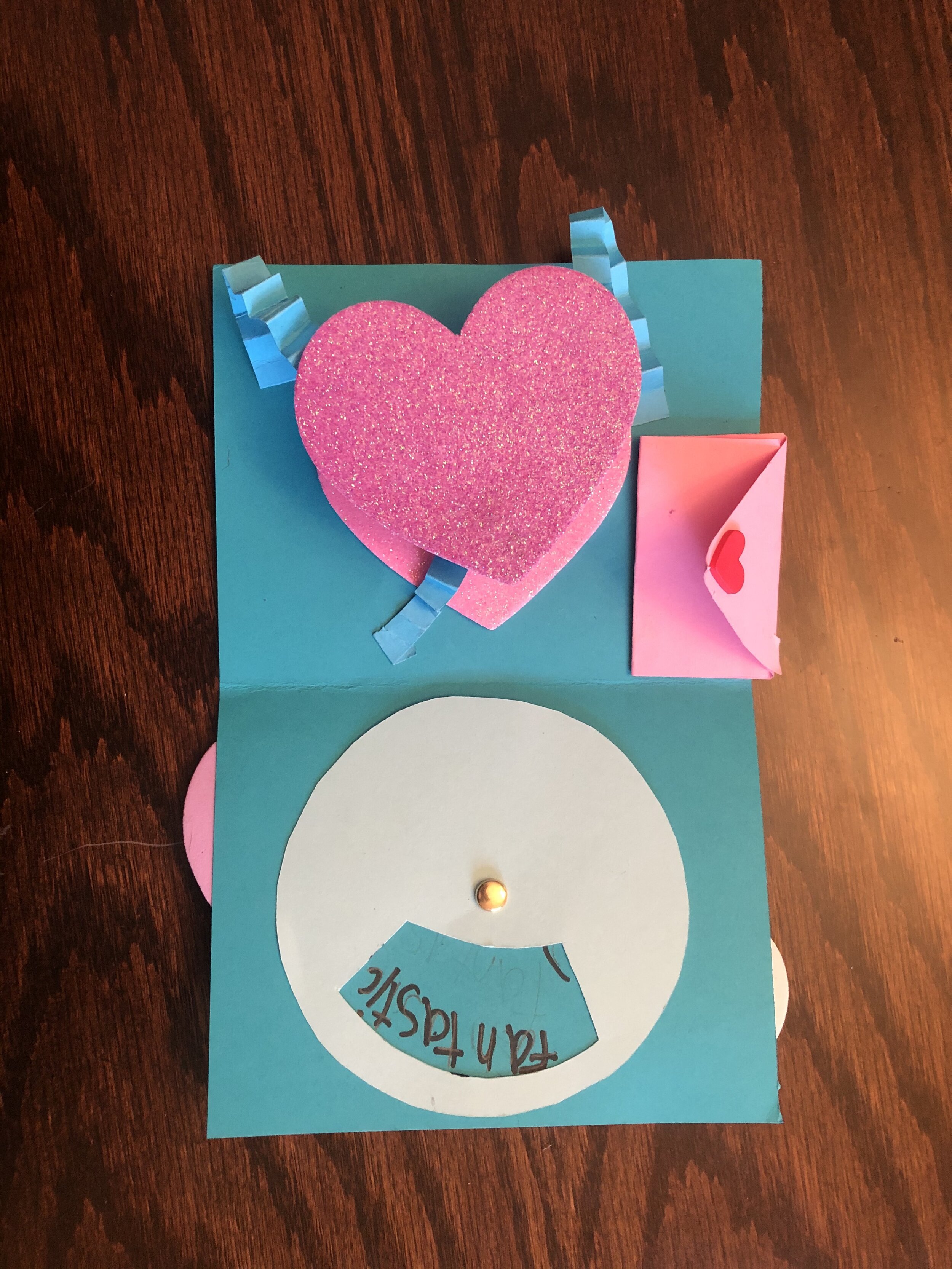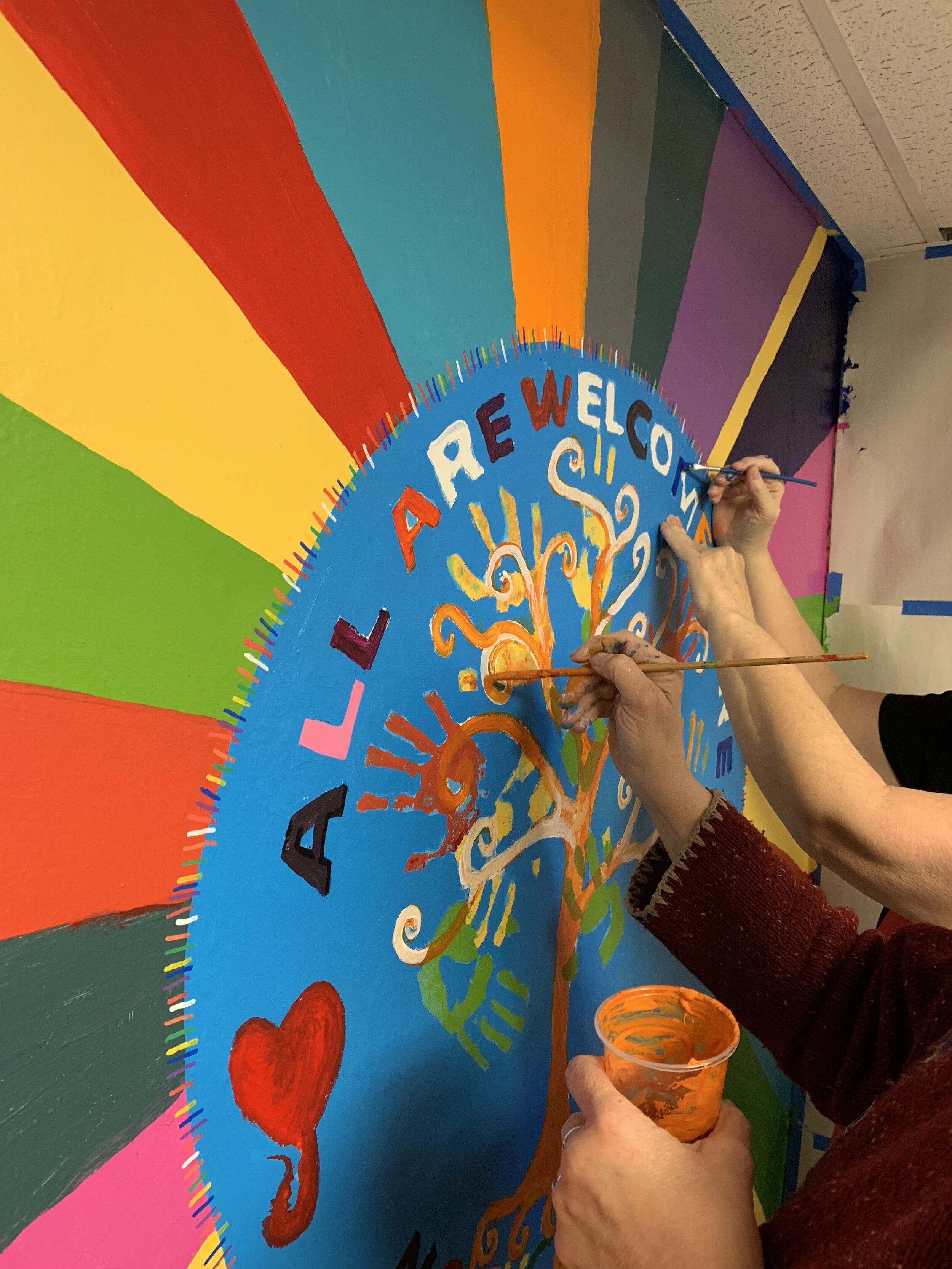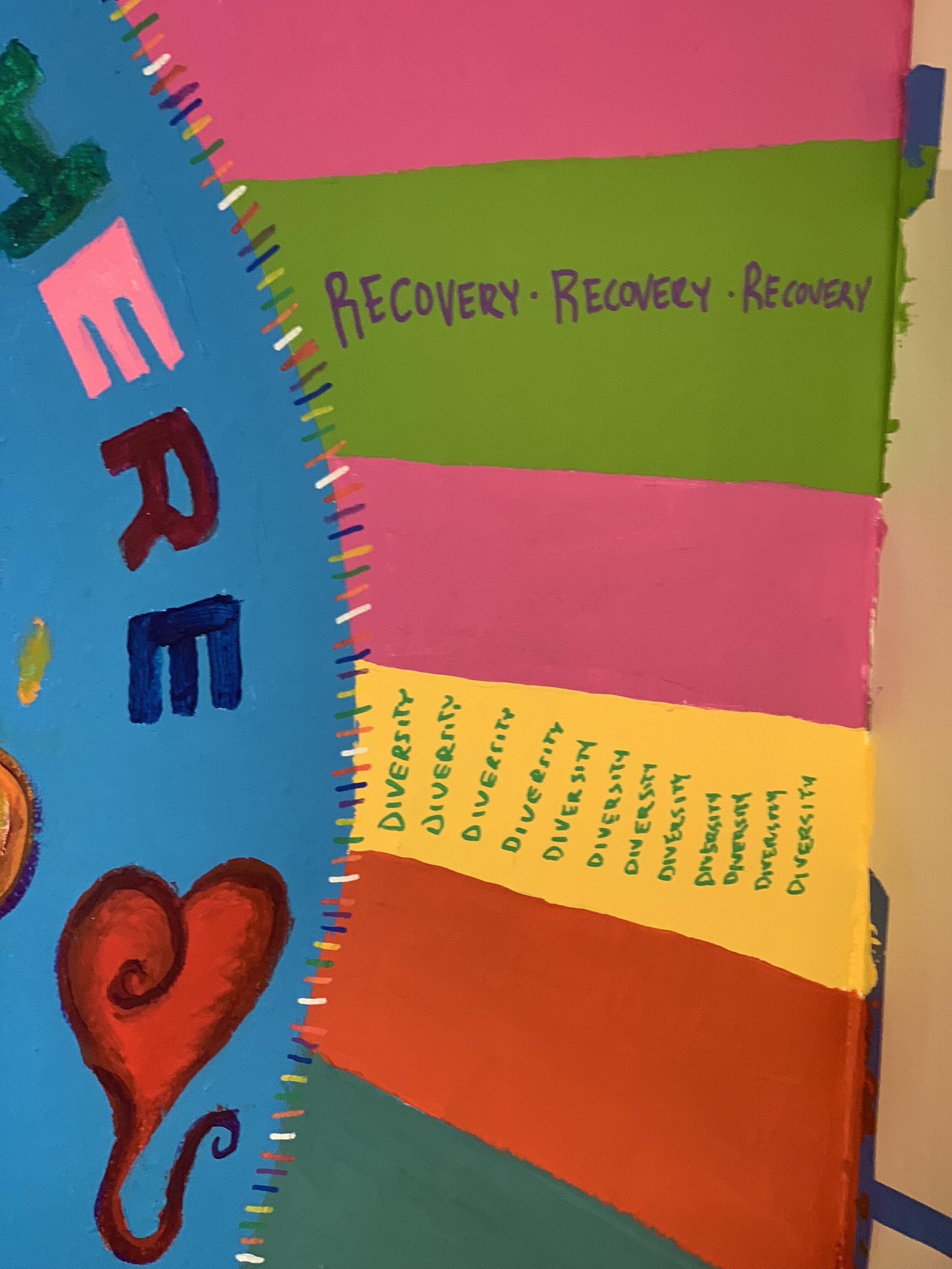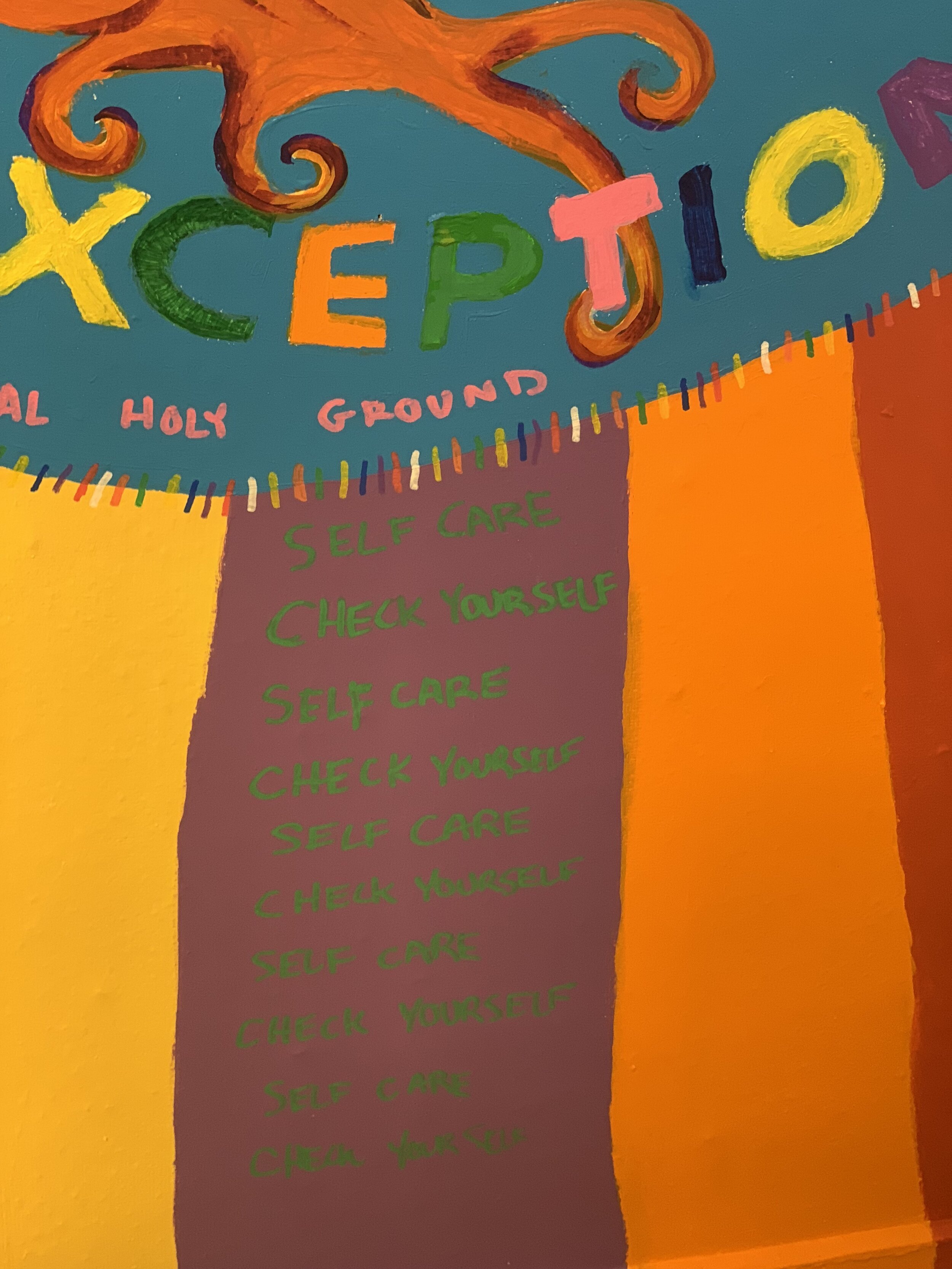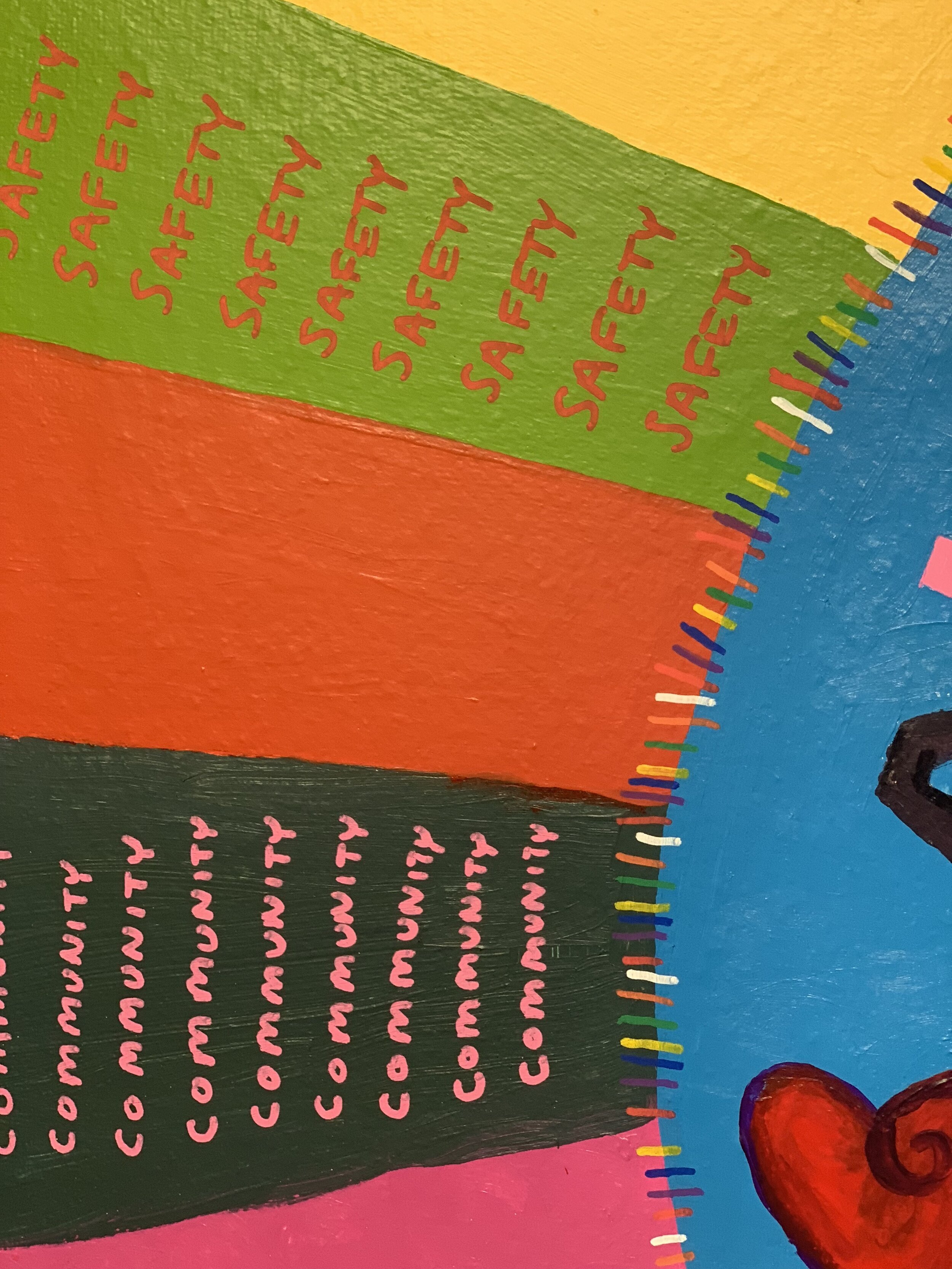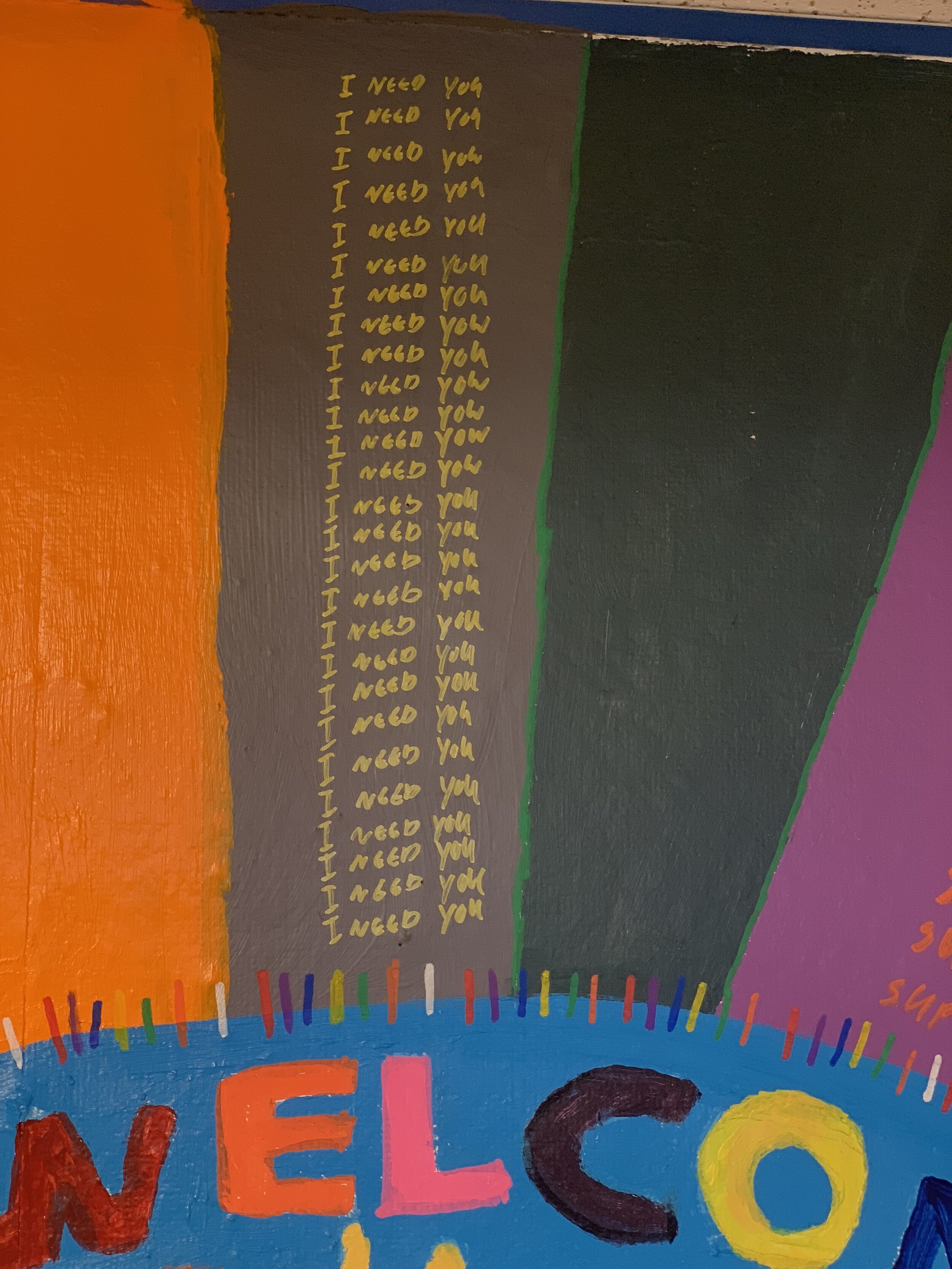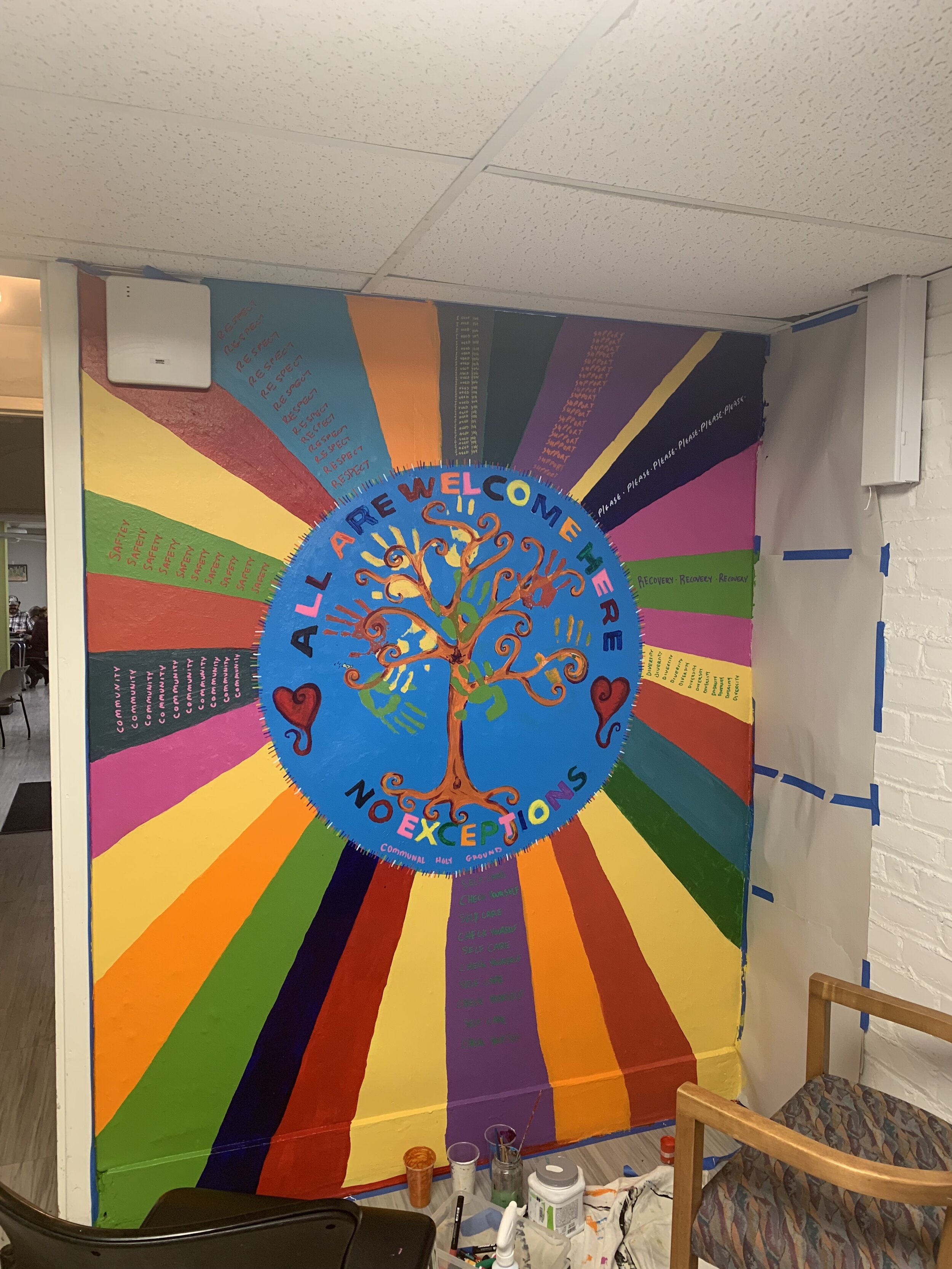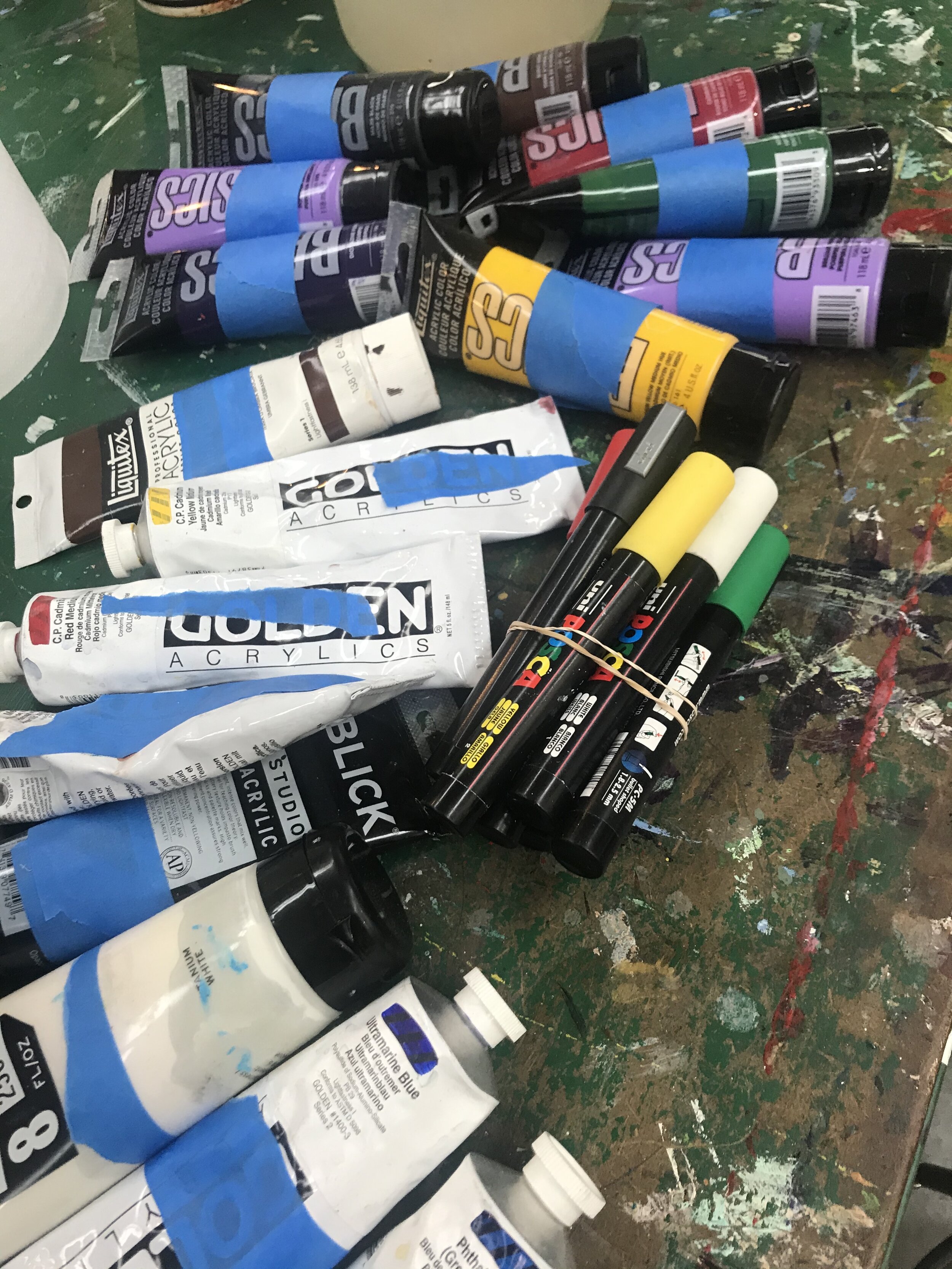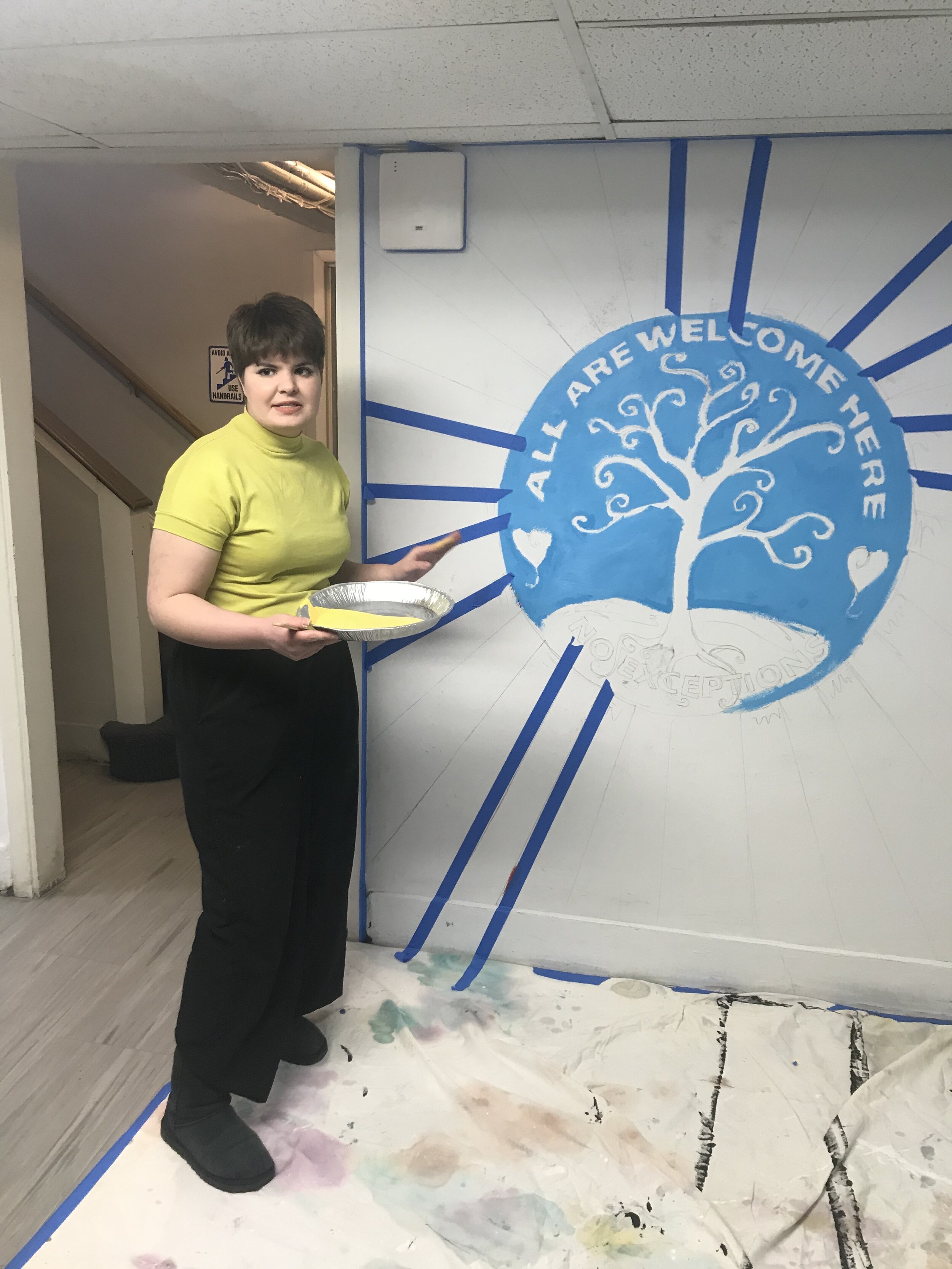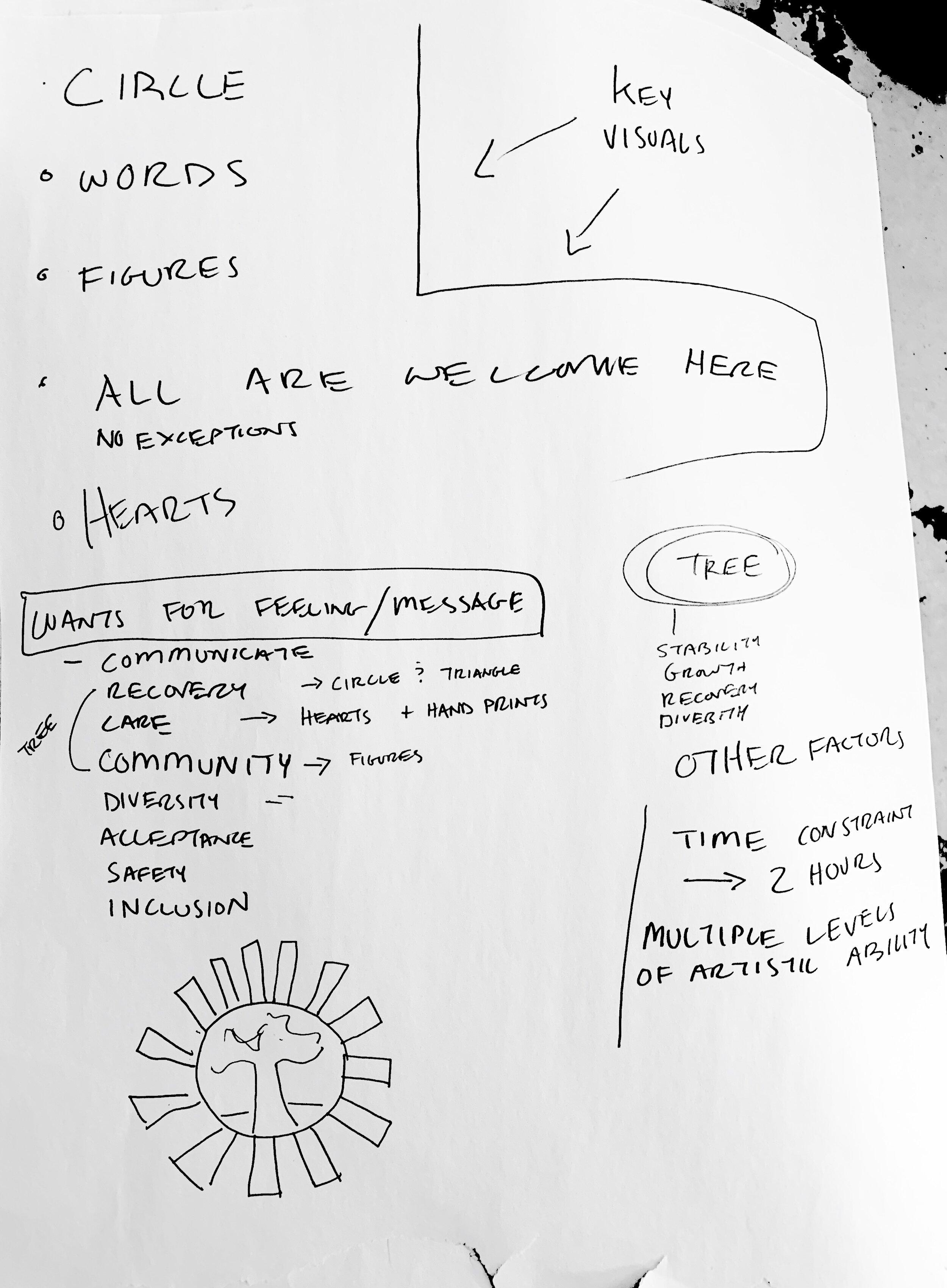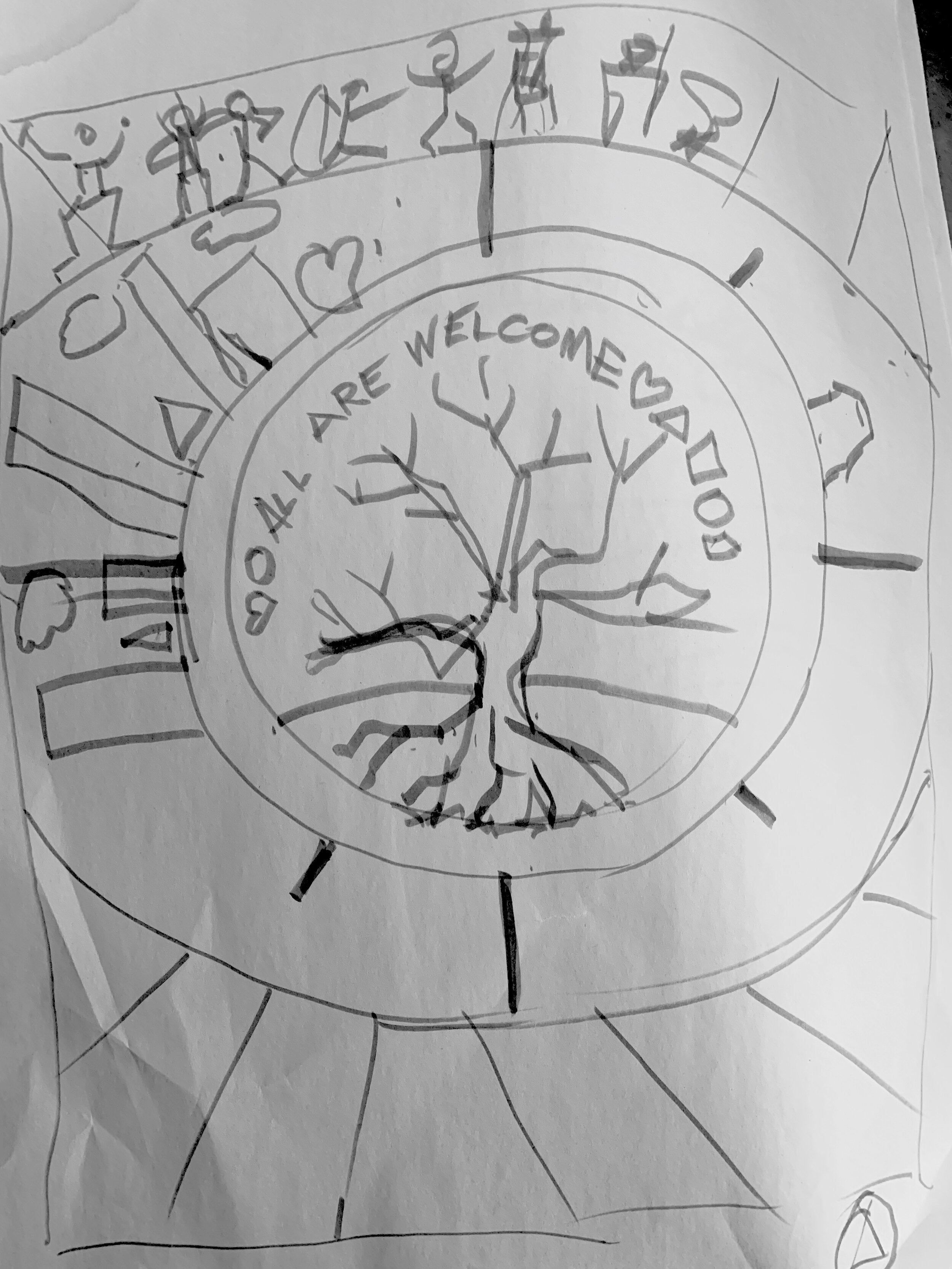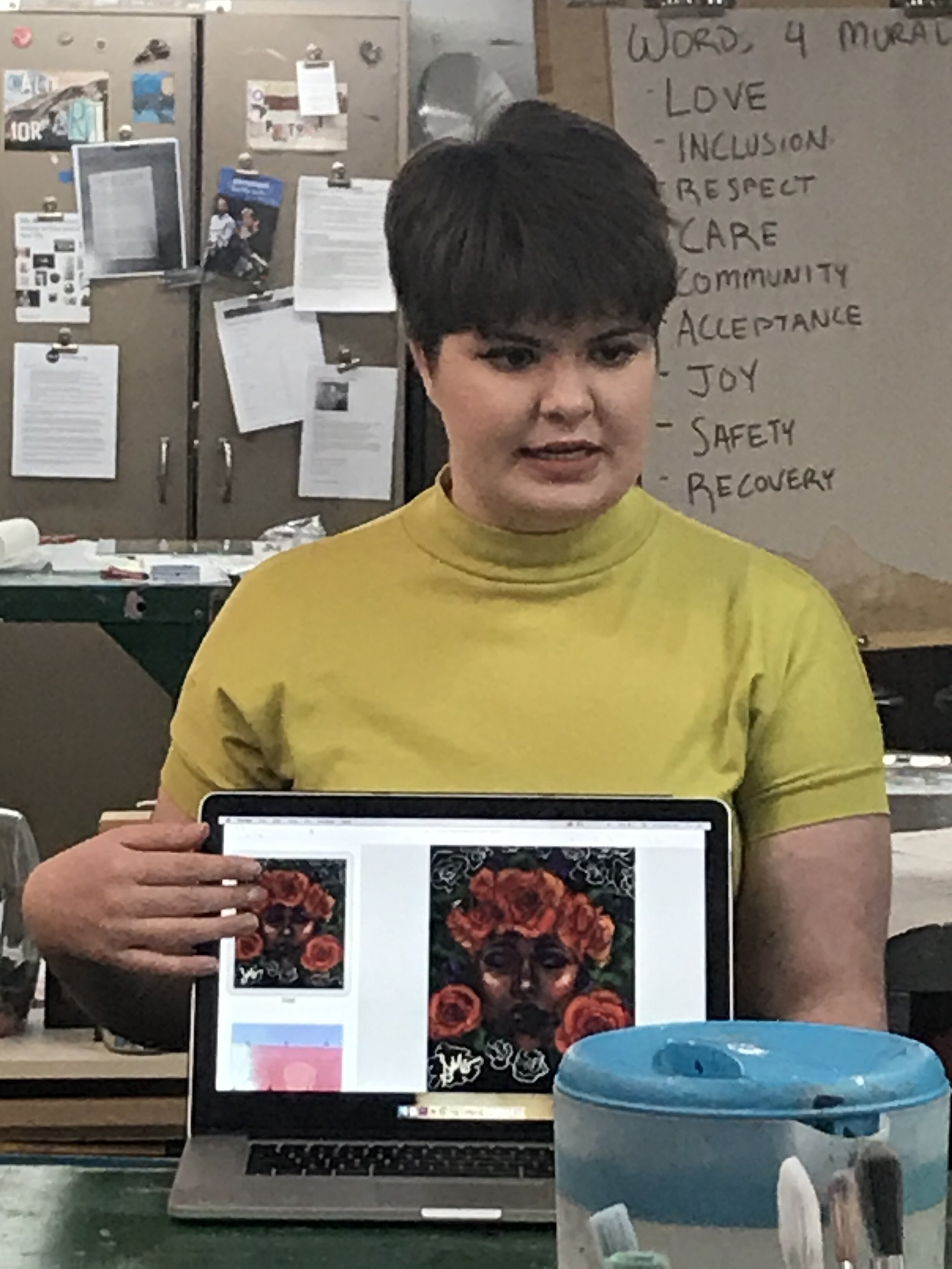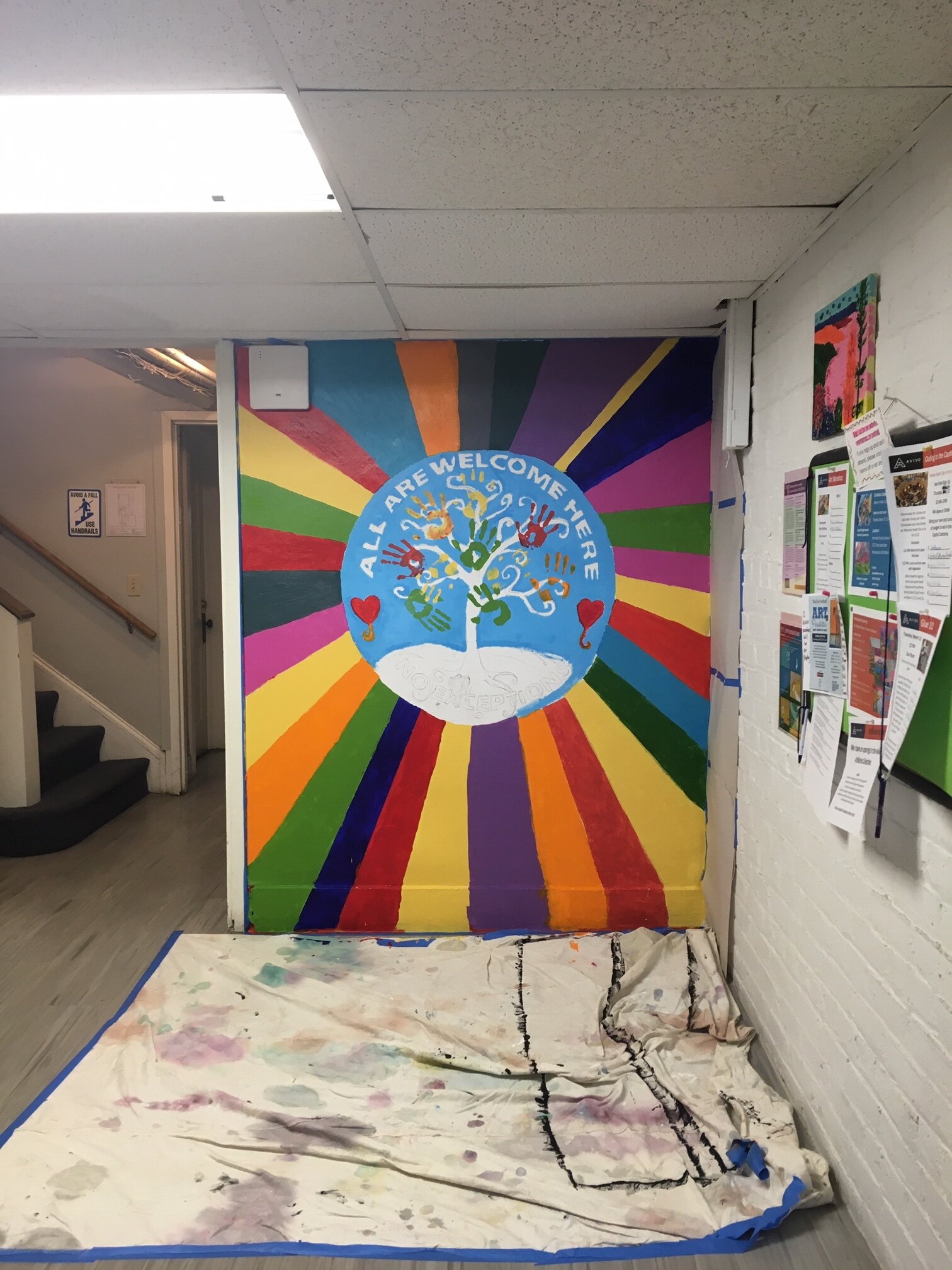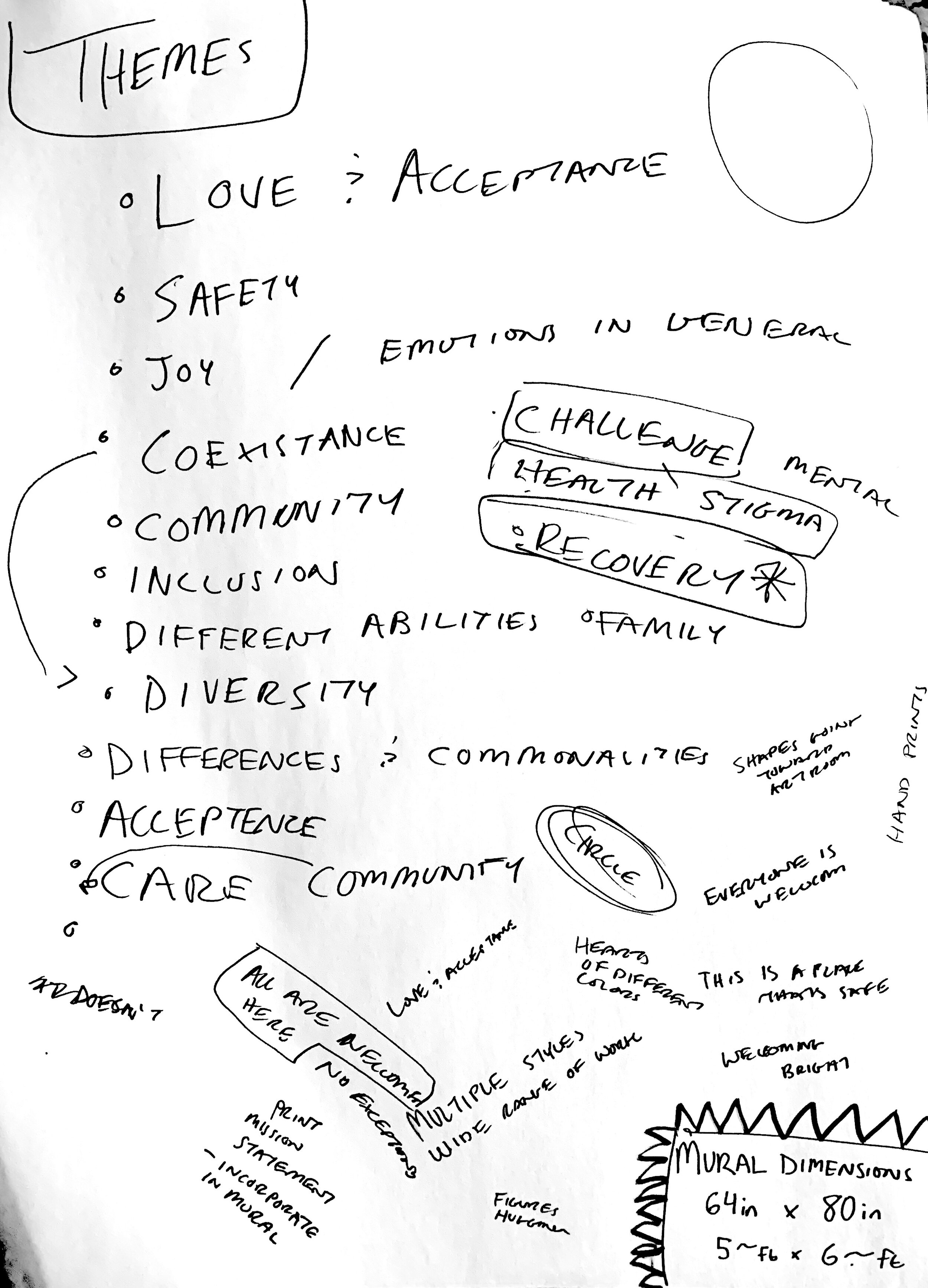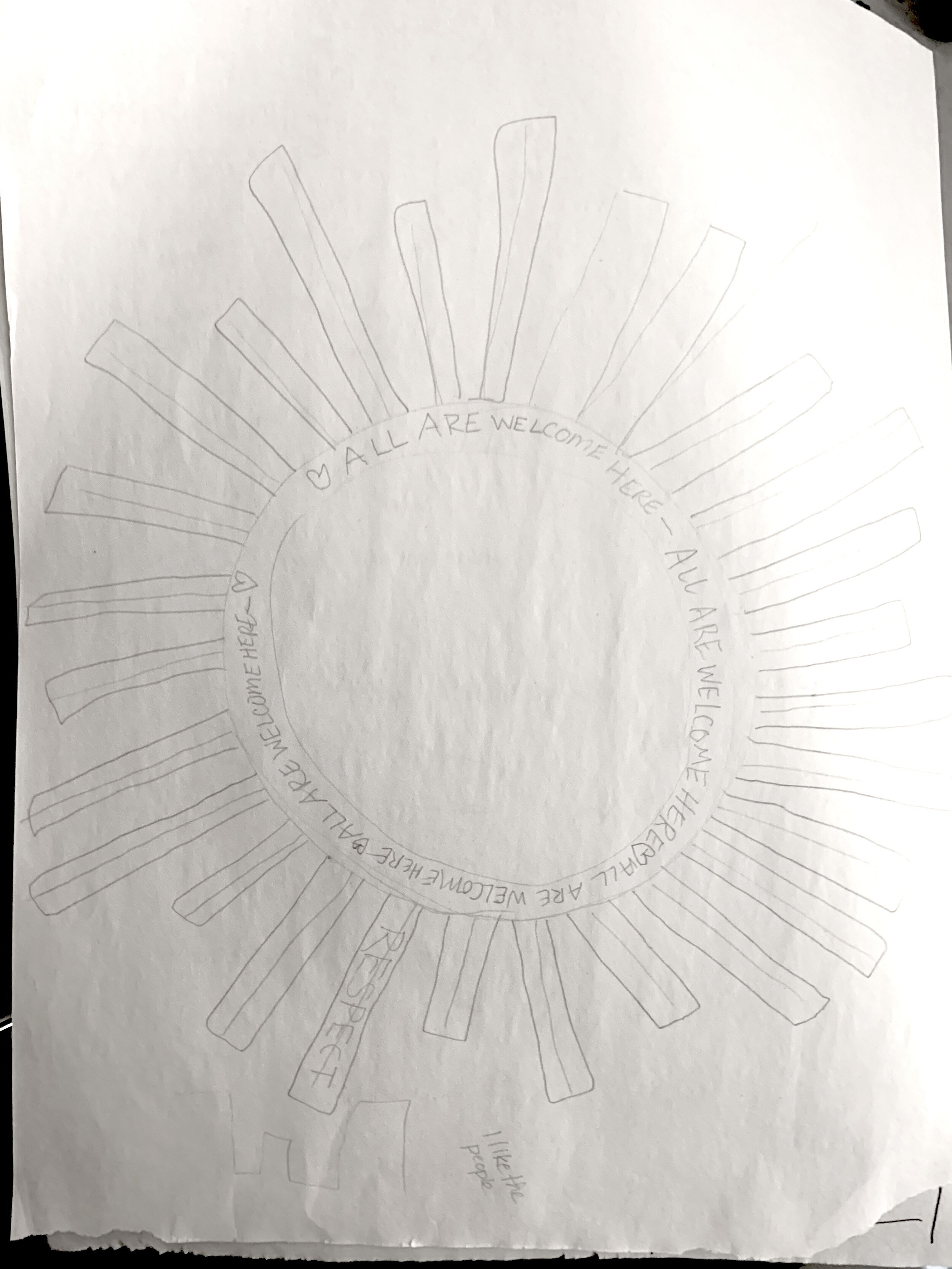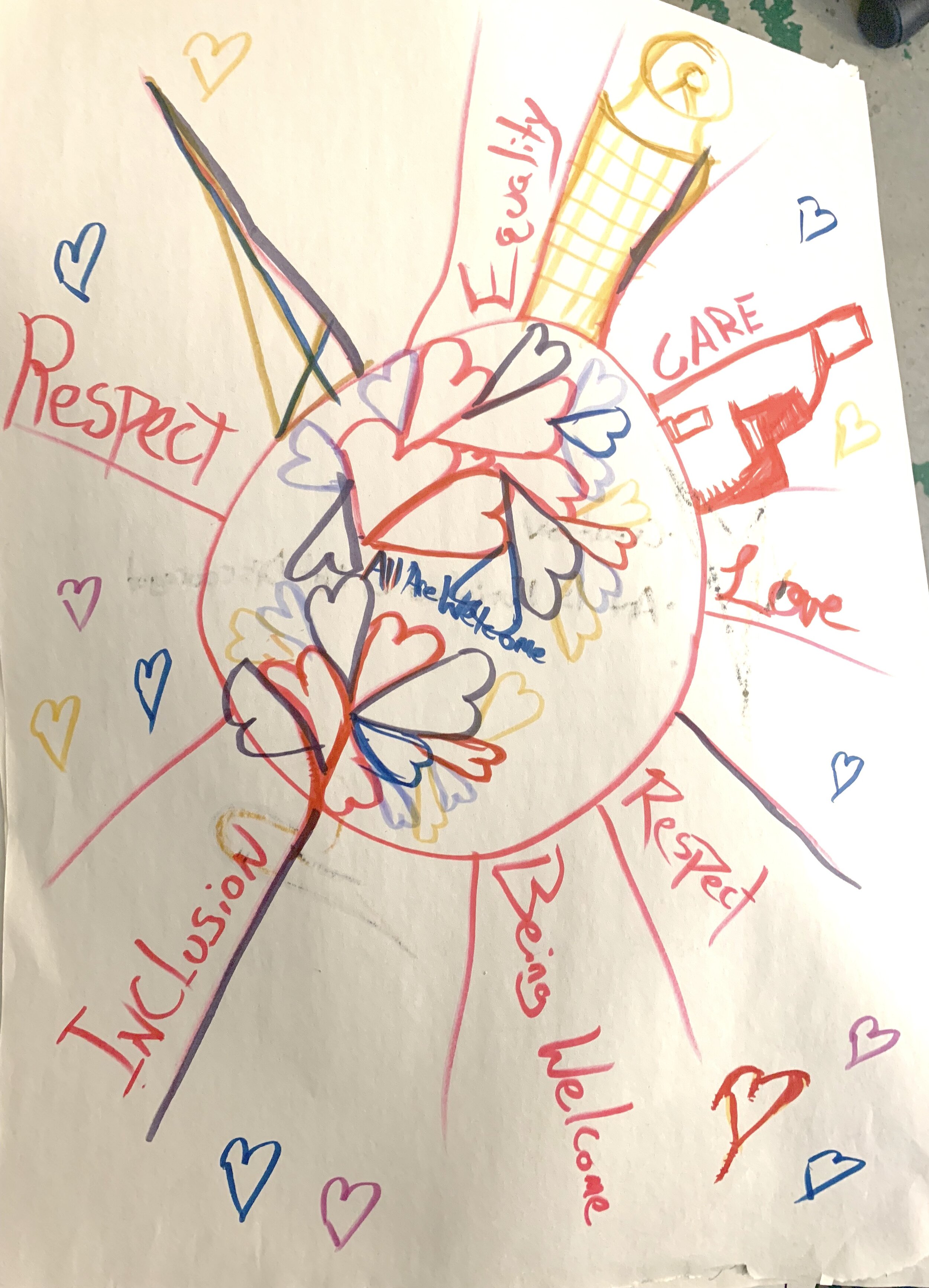Name of Project: Introduction to Animation
OVERVIEW OF PROJECT
The objective of the project is to make a 20-30 second animation using the student names or initials. By using pre-production and animation techniques students can try to make a short story or a motion graphic to share or add to a demo reel.
“BIG IDEAS”/ ESSENTIAL QUESTION(S)
What are the components to making an animation?
What different types of animation are there?
-How can the principles of animation be applied to each of them.
STUDENT OUTCOME OBJECTIVES
Students will:
Understand basic editing in Photoshop
Key Frames
Onion Skin
Video Layer
Export video
2. Understand the 12 Principles of animation
3. Understand Navigating Photoshop
PRIOR KNOWLEDGE
Students will need to have a basic understanding on how to operate Photoshop.
VISUAL ARTS CONTENT OR STANDARDS
2.9.5.9.1
2.9.3.6.1
2.9.2.3.1
CURRICULAR LINK / STANDARDS (if in a classroom only)
2.9.5.10.1
5.9.2.2.2
5.9.2.3.1
EXAMPLES OF ARTWORK
https://www.youtube.com/watch?v=EGOIB15vR8E&t=1s
https://www.youtube.com/watch?v=PVUCnmnHI8s
https://www.youtube.com/watch?v=5T_8y_uNTDg
ADDITIONAL RESOURCES
The 12 Principle of Animation
https://www.youtube.com/watch?v=f0cZfw3XrG8
How to Animate layer Mask in Photoshop
https://www.youtube.com/watch?v=OdMDySEPzUo
How to Make a Simple Video Animation
Basic Frame By Frame animation
ASSESSMENT
During critique, students will be asked about their processes, feelings, and overall thoughts about the outcome of their projects.
MATERIALS
Computer
Photoshop
Digital Drawing Tablet (optional)
LEARNING ACTIVITIES AND TIMING
Monday: Introduction
Introduce project
Project is about making a 10- 30 second animation using the students name or character, using keyframes, timeline, and onion skinning in Photoshop.
Set expectations for the assignment
Make a Short story, Into, Typography music video
Give example of the project
Students can look at these as an example of what they can do for the project.
Give examples of different animations and methods
Power point presentations of:
2D
3D
Stop Motion
Motion Graphics
Demo Name Project
Create new document
Select Film & Video Tab > Select 1920x1080
Standard TV Resolution
Open Timeline: Window > Timeline
Explain the Difference between
Select Video TimeLine
Explain how to adjust Video line length
Show how to adjust frame rates ( 24 frames per second)
Just in case anyone wants to hand draw on top of motion graphic.
Set animation at 30 seconds
Add Animation Components
Show Edit Tools
Transform -Scale, Rotate, Move
Opacity - Transparency
Style
Text Wrap- Works along with text layer
( T ) To Adjust
Explain How Keyframes work
Close together = Fast
Far apart = Slow
Show class how I would personally make my animation.
Have Class brainstorm and create thumbnails
Tuesday: Frame by Frame Animation
Introduced the 12 Principles of Animation
Squash and Stretch
Anticipation
Staging
Straight Ahead and Pose to Pose
Overlap and Follow through
Slow in and Slow out
Arcs
Secondary action
Timing
Exaggeration
Solid Drawing
Appeal
https://www.creativebloq.com/advice/understand-the-12-principles-of-animation
How to Set Up Frame by Frame Animation
Create new document
Select Film & Video Tab > Select 1920x 1080
Open Timeline: Window > Timeline
Select Video Timeline
Change frame rate to 24 Frames per second
On first Layer: Name it (Background)
On background Layer Select the Film Icon > New Video group
This is where to add frames for animation
Make sure to name the layers
(since plugin is not available- Manual Frame set up is required.)
Make new video group > And Layer > adjust layer length (2fps)> Move under BG Layer
Copy: command +c
Paste: command +v
Paste in place: command +shift +v
Things to think about when animating
Onion Skin
At the top right corner of the timeline select ladder icon > Enable onion skins.
Organization Folder
If the timeline it cluttered- Put video Layer in folder
Wednesday: Troubleshoot Day – No Class
Thursday: Demo on Frequently asked Questions and How to Save animation project
When saving animation:
On the timeline: at the top right corner of the timeline select the ladder icon> Render video
Name project
set destination ( Desktop)
Do not change settings
click render
Friday: Turn In Rough Draft- No Class
TEACHING ARTIST REFLECTION
What problems are anticipated with this lesson?
Will the student be engaged?
Will they attend trouble shooting day for questions?
Will they be intimidated by the assignment?
How does this project fit into overall curriculum planning for the subject areas?
Students will gain familiarity with computer programs and editing tools.
Understand basic animation concepts.
Be able to expand in vocabulary in Media Arts
Create original animations
Be able to participate and grow through critique
How will your students’ work be shared with the community?
It will be shared to the student body and in student group critique
How will you receive feedback on your teaching methodology and quality of student work?
Student Critique Survey, and observation feedback from Aki and John











